的点评
Stunningly beautiful. If you are in Cremona, you absolutely cannot miss visiting it.
Cremona Cathedral的点评
点评:It enchants you immediately. We were enraptured at first glance, before visiting it.
Dedicated to Santa Maria Assunta, the cathedral of Cremona was built at the beginning of the 12th century and represents, from an artistic point of view, one of the main and most illustrious examples of religious architecture in Lombardy. Even many of the statues on the façade are the work of artists and marble workers from the Lombardy lakes area, those who art historians define with the generic name of Campionesi Masters.
As for the Baptistery, also in Romanesque style but built later, it is a separate building, like in Parma. As well as for the Belltower, the famous Torrazzo.
It dominates the Piazza del Comune, the hub and heart of the ancient medieval city.
The Town Hall with the Loggia dei Militi, the center of civil and political activity, is also located in the suggestive square.
This typically medieval urban layout is present, in addition to Cremona, in most of the ancient cities of Northern Italy and shows and demonstrates that a relationship existed between religious and political power.
The Cathedral of Cremona has had a troubled history: the first stones were laid in 1107. Ten years later, however, it was damaged by the earthquake and the reconstruction started all over again.
The cathedral was finally consecrated in 1196 and between the end of the 13th and the middle of the 14th century the extension of the arms of the transept was carried out.
The building we admire today obtained its current appearance after numerous subsequent renovations during which, on the Romanesque church, a Gothic structure was skilfully added which made the Cathedral of Cremona one of the most outstanding examples of religious architecture in Northern Italy.
All the decoration of the paintings preserved inside is of great prestige, and we can admire works by the most important exponents of the Renaissance pictorial school of Cremona: Boccaccio Boccaccino, Gian Francesco Bembo, Altobello Melone, Girolamo Romanino, Pordenone and Bernardino Gatti.
Its position on Town Hall Square, the heart of the medieval city, testifies to the profound link that existed in those times between religious power and political power.
It is no coincidence that the Cathedral shares the square with the municipal building, the seat of the city government.
if you are in Cremona, you absolutely cannot miss visiting it.
Dedicated to Santa Maria Assunta, the cathedral of Cremona was built at the beginning of the 12th century and represents, from an artistic point of view, one of the main and most illustrious examples of religious architecture in Lombardy. Even many of the statues on the façade are the work of artists and marble workers from the Lombardy lakes area, those who art historians define with the generic name of Campionesi Masters.
As for the Baptistery, also in Romanesque style but built later, it is a separate building, like in Parma. As well as for the Belltower, the famous Torrazzo.
It dominates the Piazza del Comune, the hub and heart of the ancient medieval city.
The Town Hall with the Loggia dei Militi, the center of civil and political activity, is also located in the suggestive square.
This typically medieval urban layout is present, in addition to Cremona, in most of the ancient cities of Northern Italy and shows and demonstrates that a relationship existed between religious and political power.
The Cathedral of Cremona has had a troubled history: the first stones were laid in 1107. Ten years later, however, it was damaged by the earthquake and the reconstruction started all over again.
The cathedral was finally consecrated in 1196 and between the end of the 13th and the middle of the 14th century the extension of the arms of the transept was carried out.
The building we admire today obtained its current appearance after numerous subsequent renovations during which, on the Romanesque church, a Gothic structure was skilfully added which made the Cathedral of Cremona one of the most outstanding examples of religious architecture in Northern Italy.
All the decoration of the paintings preserved inside is of great prestige, and we can admire works by the most important exponents of the Renaissance pictorial school of Cremona: Boccaccio Boccaccino, Gian Francesco Bembo, Altobello Melone, Girolamo Romanino, Pordenone and Bernardino Gatti.
Its position on Town Hall Square, the heart of the medieval city, testifies to the profound link that existed in those times between religious power and political power.
It is no coincidence that the Cathedral shares the square with the municipal building, the seat of the city government.
if you are in Cremona, you absolutely cannot miss visiting it.
翻译:它立刻就让你着迷。我们在参观之前,第一眼就被迷住了。
克雷莫纳大教堂建于 12 世纪初,供奉圣母升天大教堂,从艺术角度来看,它是伦巴第最主要、最杰出的宗教建筑之一。甚至外墙上的许多雕像都是伦巴第湖区艺术家和大理石工人的作品,艺术史学家将他们称为 Campionesi 大师。
至于洗礼堂,也是罗马式风格,但建造较晚,它是一座独立的建筑,就像帕尔马一样。钟楼和著名的 Torrazzo 一样。
它主宰着市政广场,这是古老的中世纪城市的中心和心脏。
市政厅和民兵凉廊也位于这个令人难忘的广场上,它是公民和政治活动的中心。
除了克雷莫纳,这种典型的中世纪城市布局在意大利北部的大多数古城中都存在,并表明宗教和政治权力之间存在着某种关系。
克雷莫纳大教堂有着一段坎坷的历史:第一块石头于 1107 年奠基。然而十年后,它被地震损坏,重建工作又重新开始。
大教堂最终于 1196 年举行了祝圣仪式,在 13 世纪末至 14 世纪中叶,扩建了横厅的臂部。
我们今天所欣赏的建筑经过多次后续翻修才有了现在的样子,在此期间,在罗马式教堂上巧妙地添加了哥特式结构,使克雷莫纳大教堂成为意大利北部最杰出的宗教建筑典范之一。
教堂内保存的所有绘画装饰都享有很高的声誉,我们可以欣赏到克雷莫纳文艺复兴时期绘画流派最重要的代表人物的作品:薄伽丘·薄伽丘、吉安·弗朗西斯科·本博、阿尔托贝洛·梅洛内、吉罗拉莫·罗马尼诺、波代诺内和贝尔纳迪诺·加蒂。
教堂位于市政厅广场,是中世纪城市的中心,证明了当时宗教权力与政治权力之间存在的深刻联系。
大教堂与市政厅(市政府所在地)共用广场并非巧合。
如果您在克雷莫纳,绝对不能错过参观。
克雷莫纳大教堂建于 12 世纪初,供奉圣母升天大教堂,从艺术角度来看,它是伦巴第最主要、最杰出的宗教建筑之一。甚至外墙上的许多雕像都是伦巴第湖区艺术家和大理石工人的作品,艺术史学家将他们称为 Campionesi 大师。
至于洗礼堂,也是罗马式风格,但建造较晚,它是一座独立的建筑,就像帕尔马一样。钟楼和著名的 Torrazzo 一样。
它主宰着市政广场,这是古老的中世纪城市的中心和心脏。
市政厅和民兵凉廊也位于这个令人难忘的广场上,它是公民和政治活动的中心。
除了克雷莫纳,这种典型的中世纪城市布局在意大利北部的大多数古城中都存在,并表明宗教和政治权力之间存在着某种关系。
克雷莫纳大教堂有着一段坎坷的历史:第一块石头于 1107 年奠基。然而十年后,它被地震损坏,重建工作又重新开始。
大教堂最终于 1196 年举行了祝圣仪式,在 13 世纪末至 14 世纪中叶,扩建了横厅的臂部。
我们今天所欣赏的建筑经过多次后续翻修才有了现在的样子,在此期间,在罗马式教堂上巧妙地添加了哥特式结构,使克雷莫纳大教堂成为意大利北部最杰出的宗教建筑典范之一。
教堂内保存的所有绘画装饰都享有很高的声誉,我们可以欣赏到克雷莫纳文艺复兴时期绘画流派最重要的代表人物的作品:薄伽丘·薄伽丘、吉安·弗朗西斯科·本博、阿尔托贝洛·梅洛内、吉罗拉莫·罗马尼诺、波代诺内和贝尔纳迪诺·加蒂。
教堂位于市政厅广场,是中世纪城市的中心,证明了当时宗教权力与政治权力之间存在的深刻联系。
大教堂与市政厅(市政府所在地)共用广场并非巧合。
如果您在克雷莫纳,绝对不能错过参观。
旅行类型:情侣游
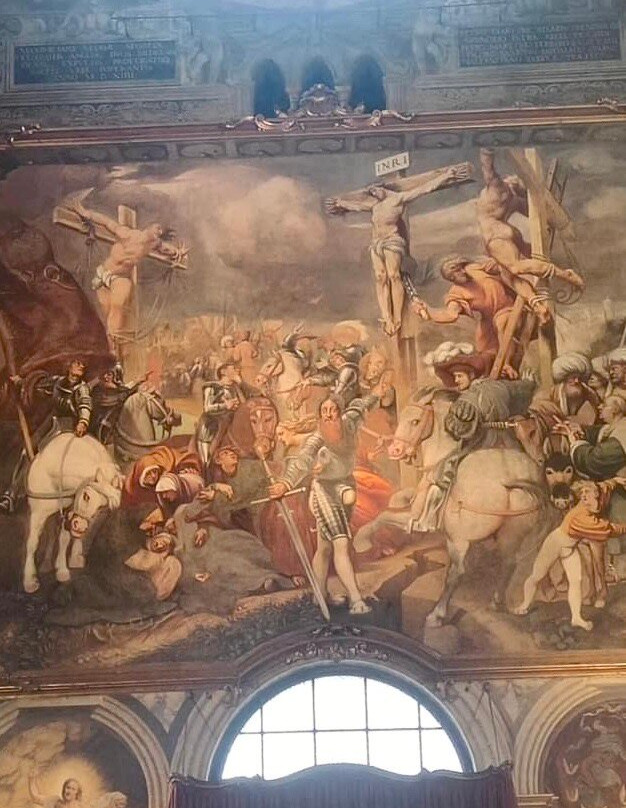
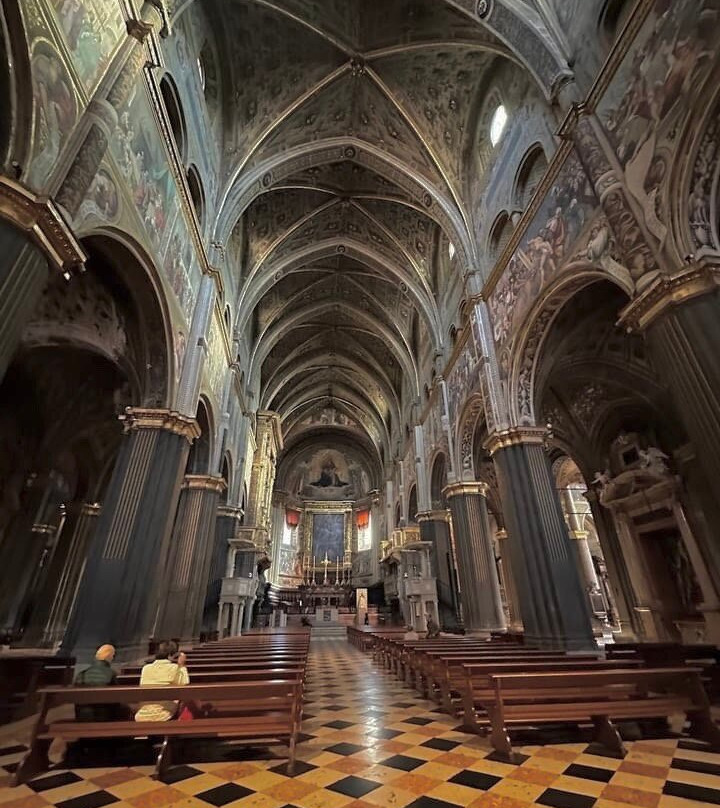
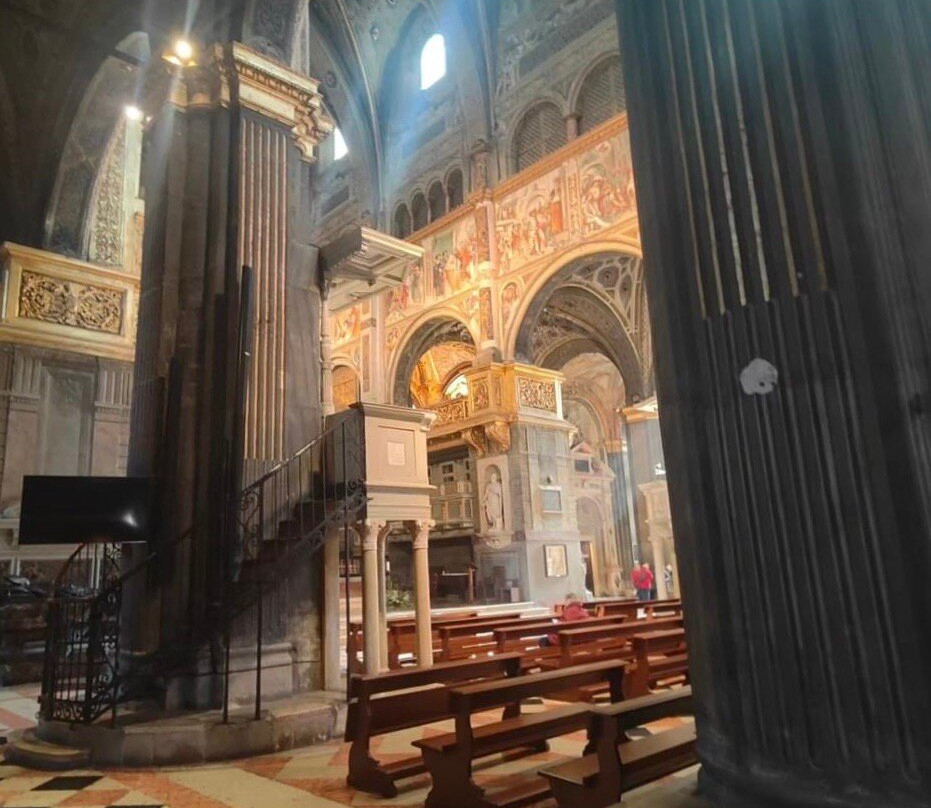
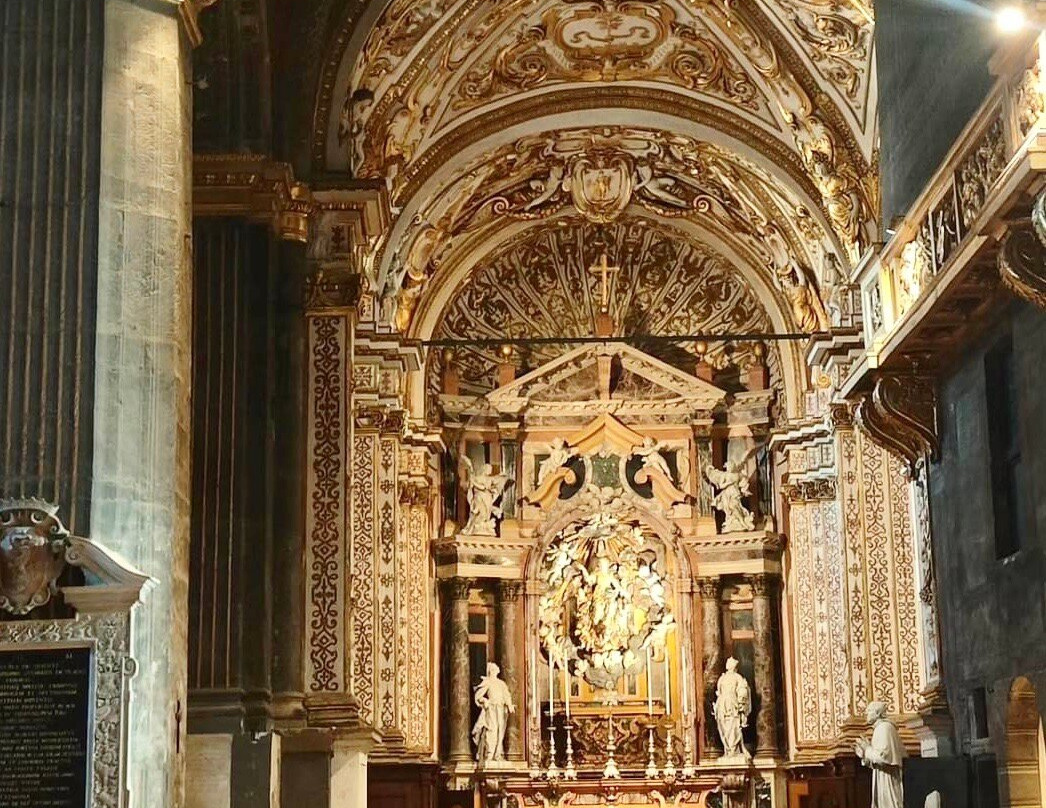
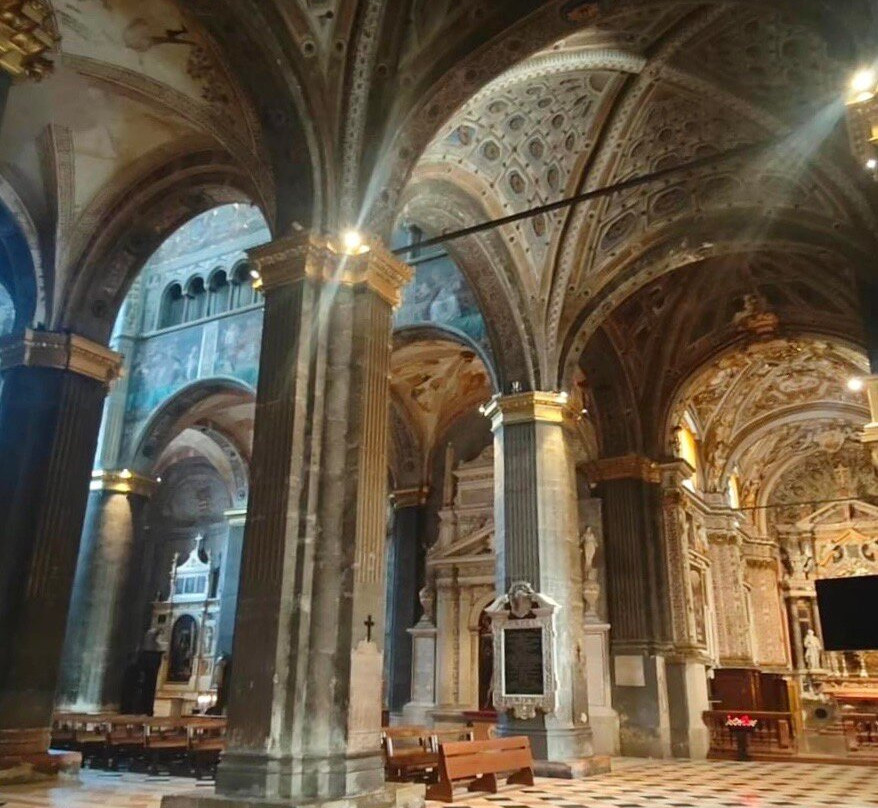
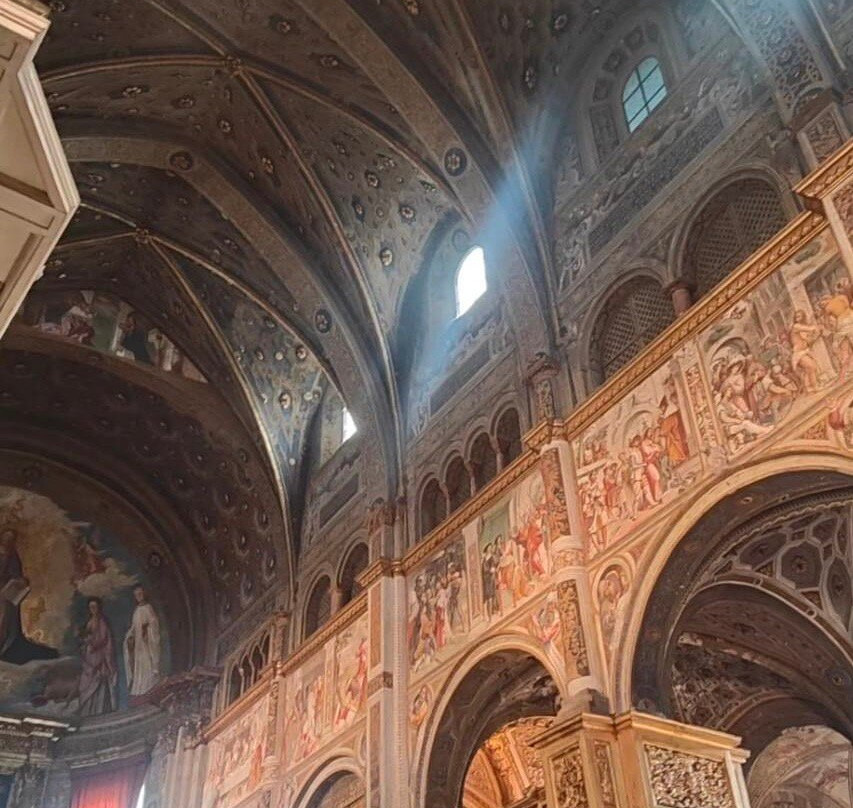
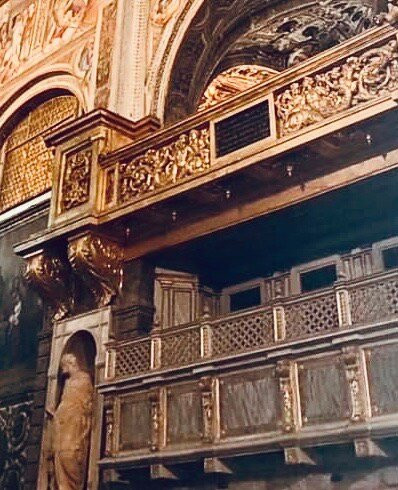
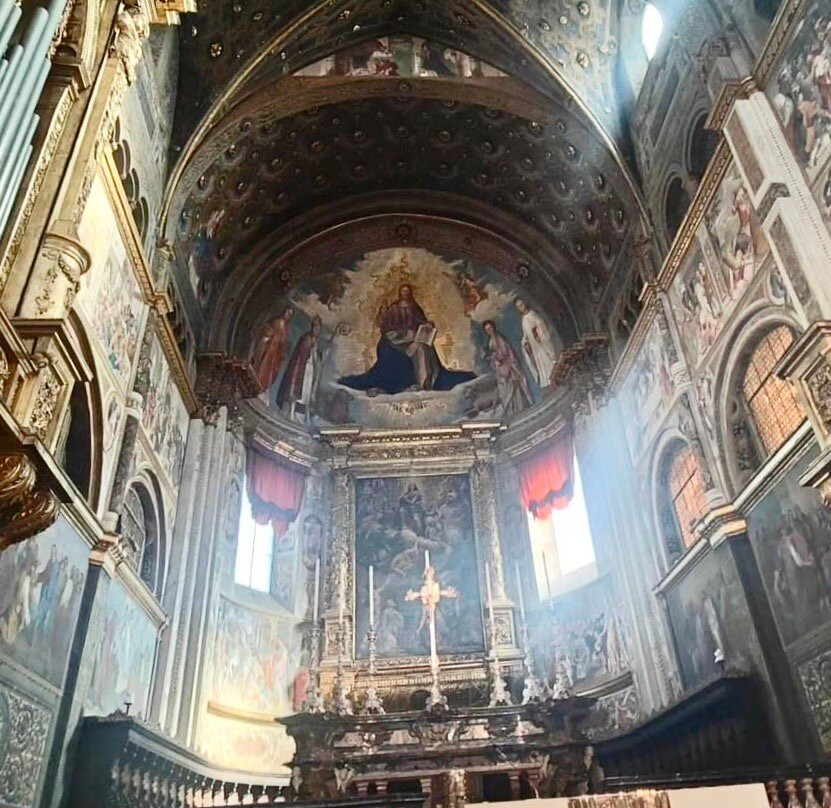
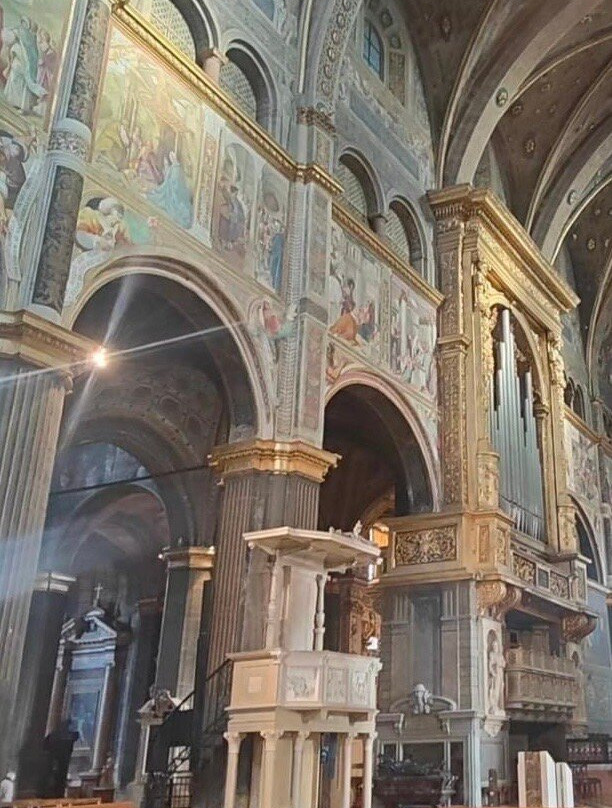
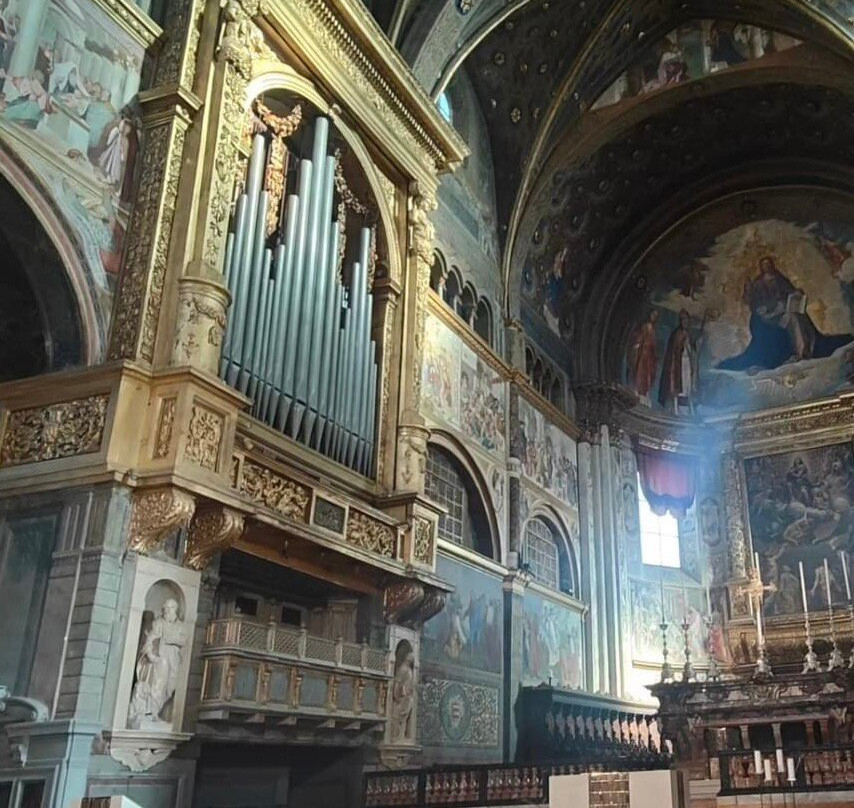
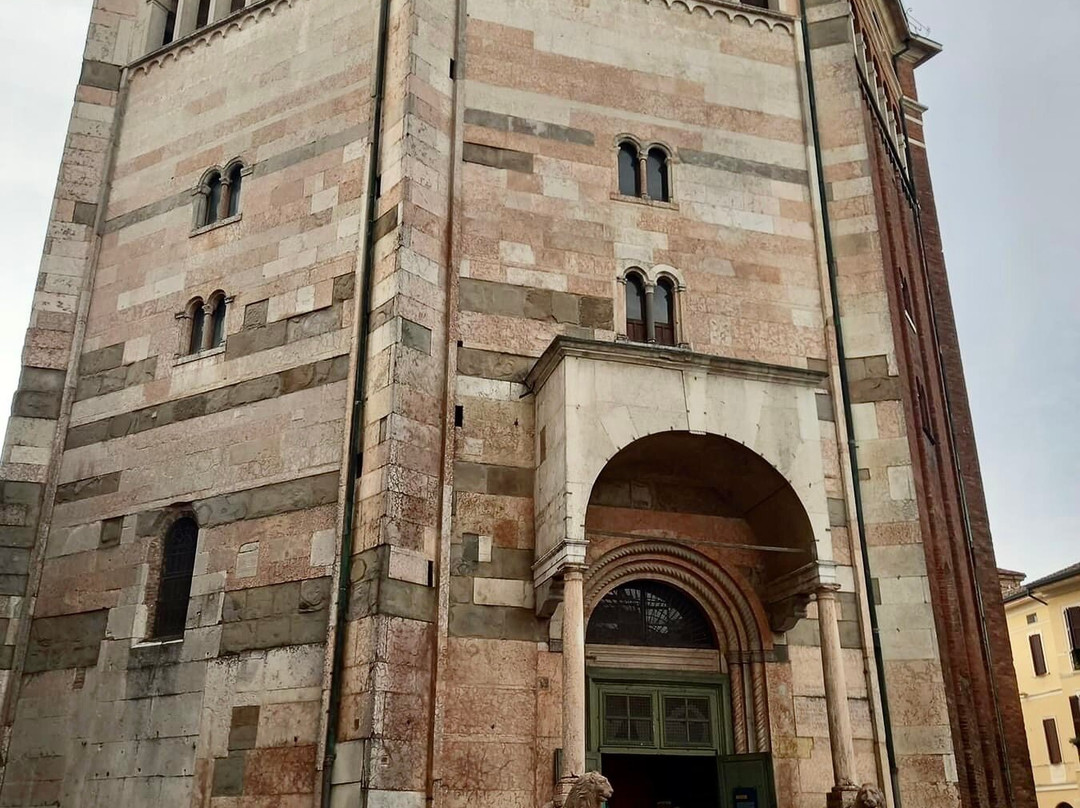
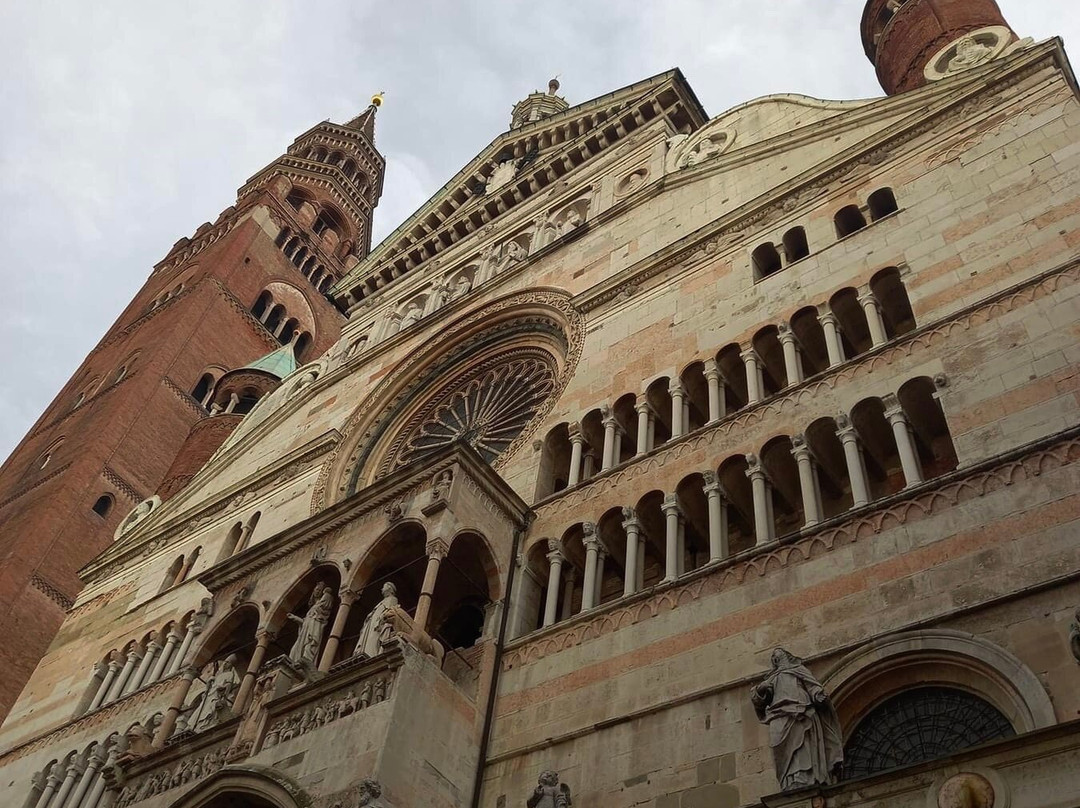
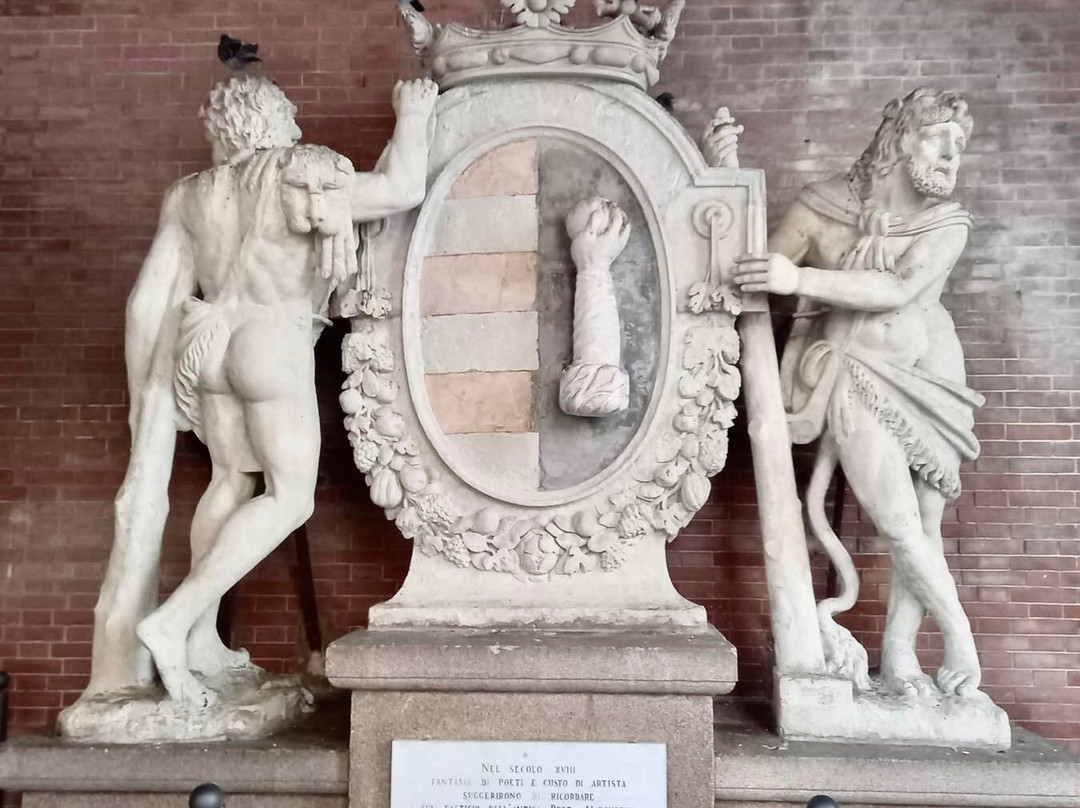
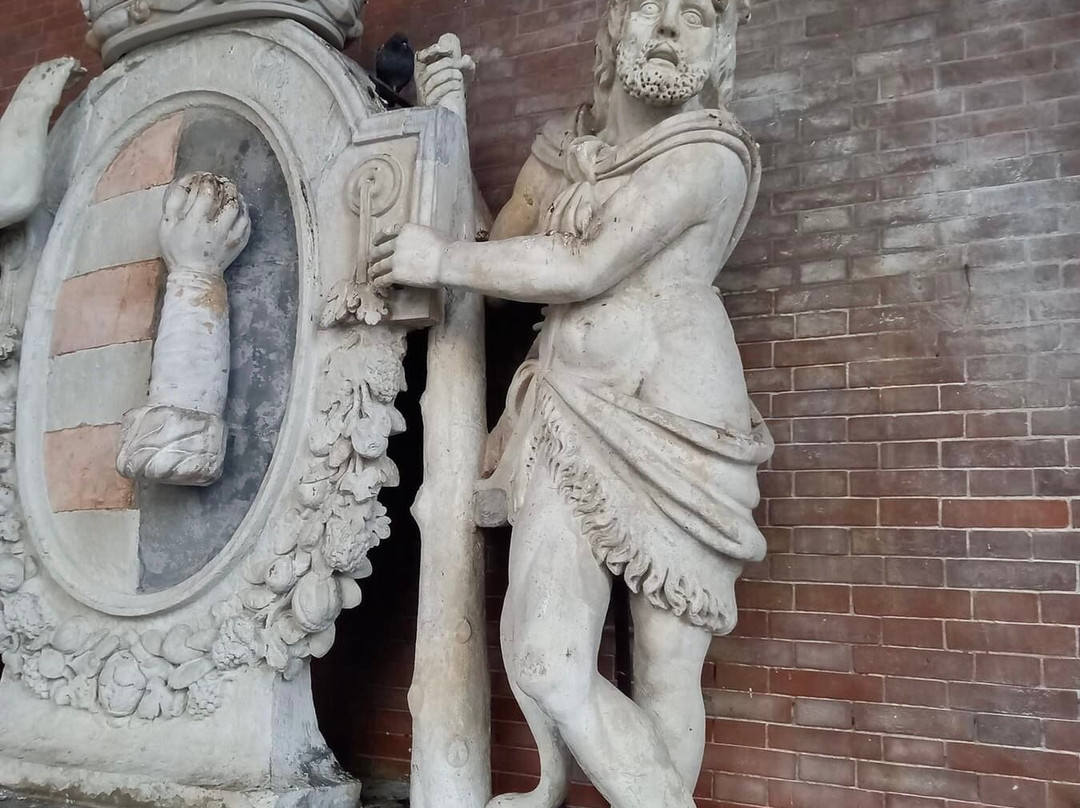
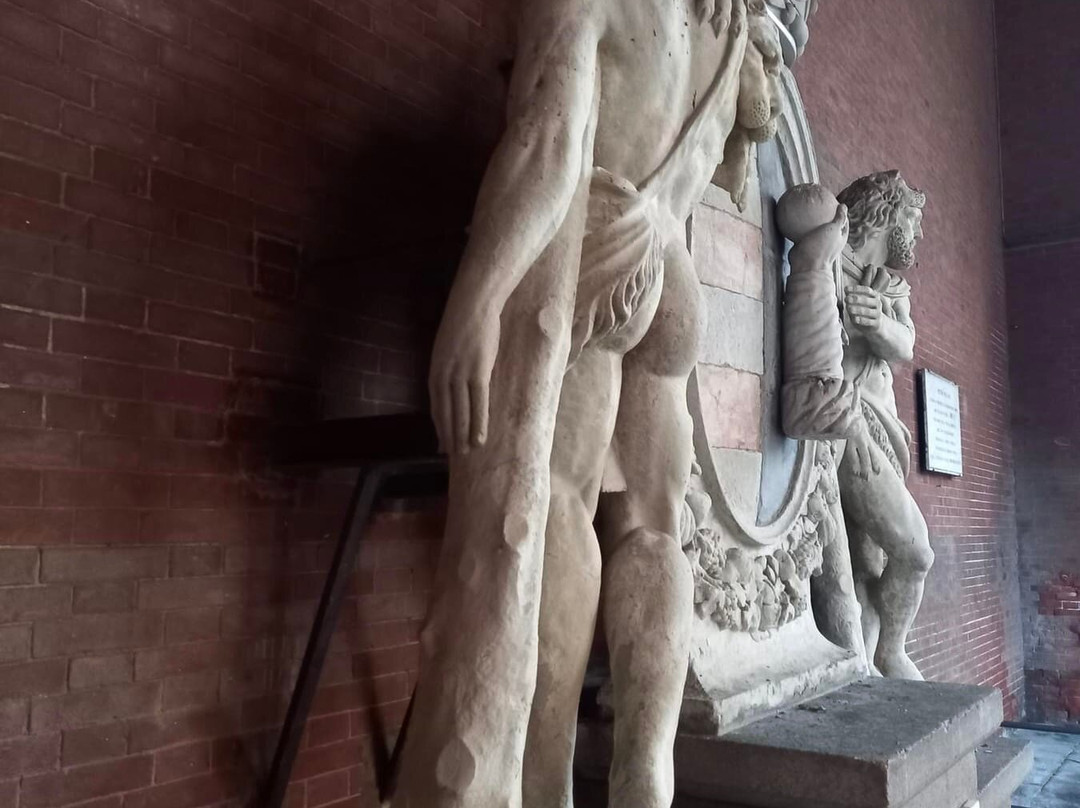
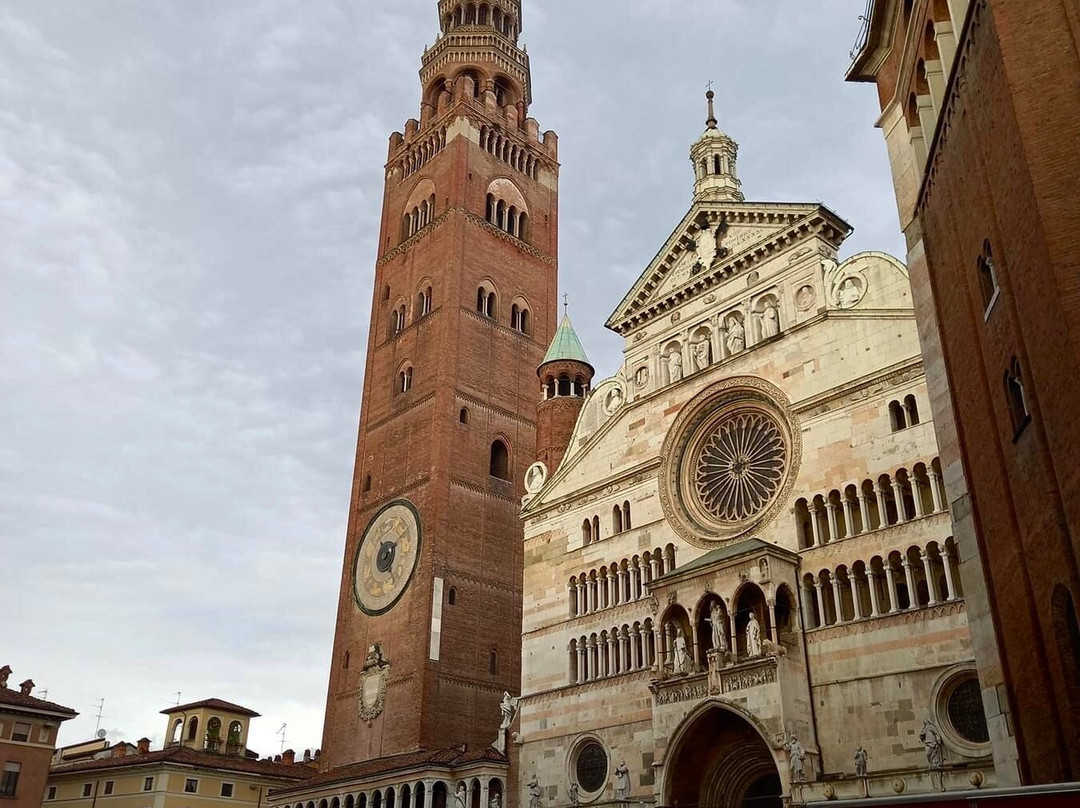
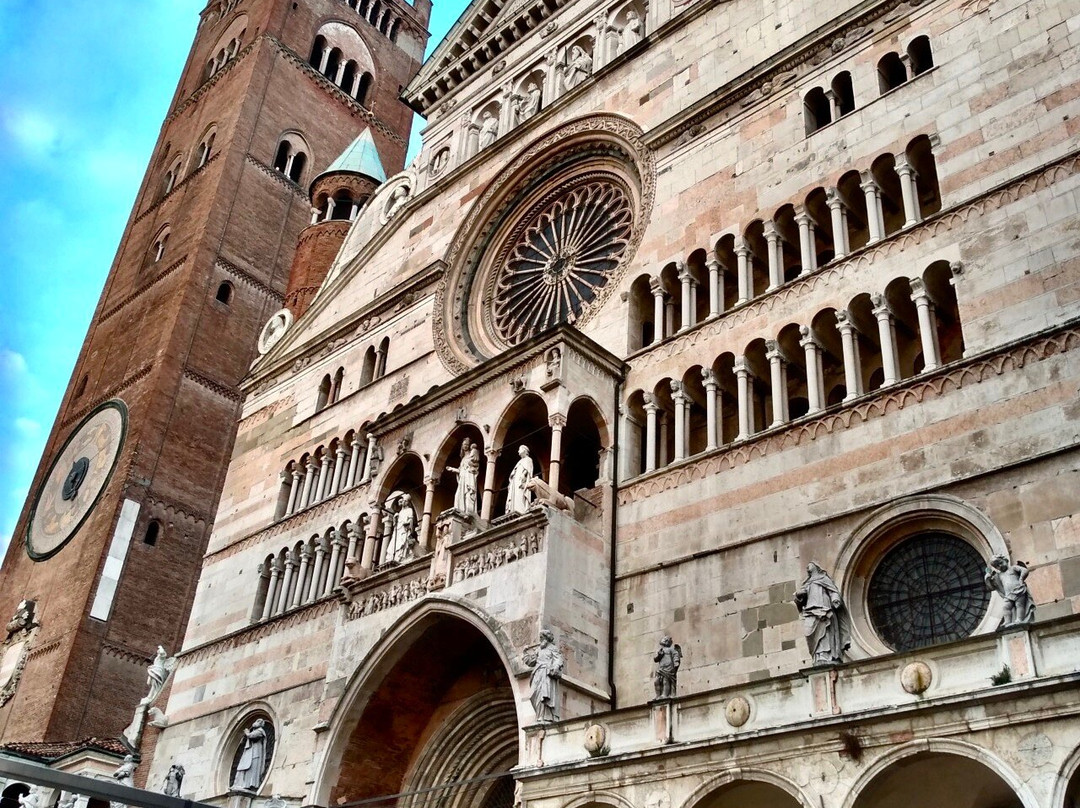
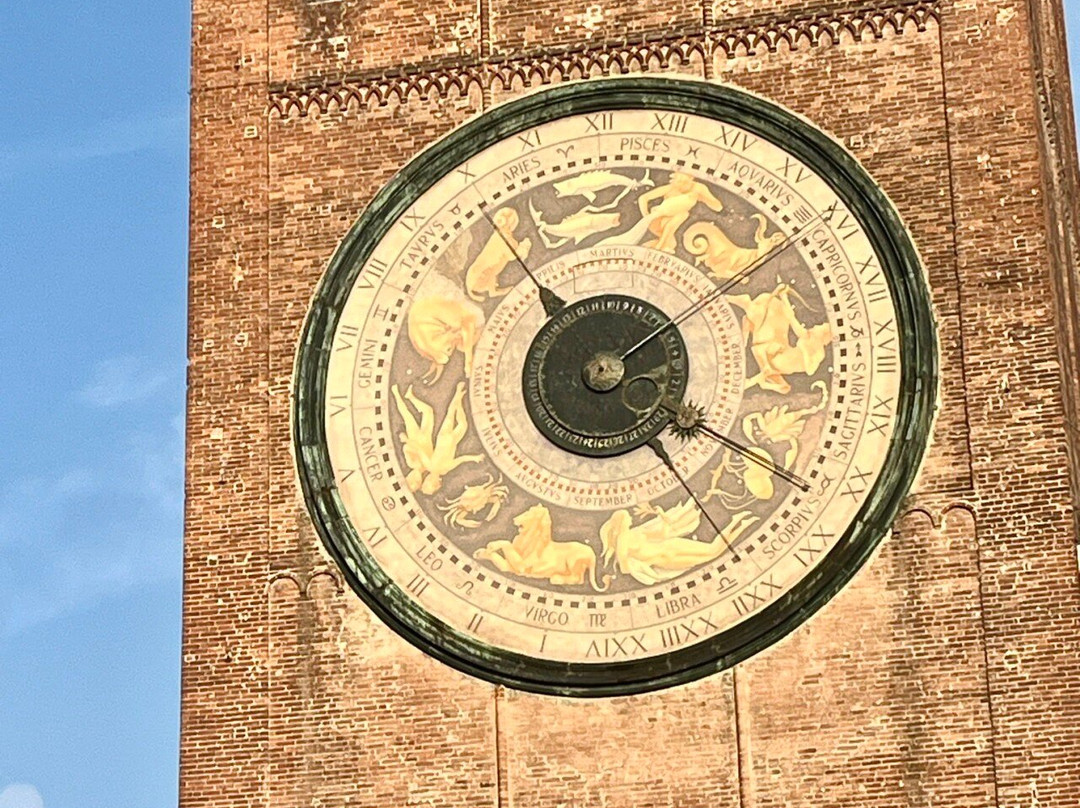
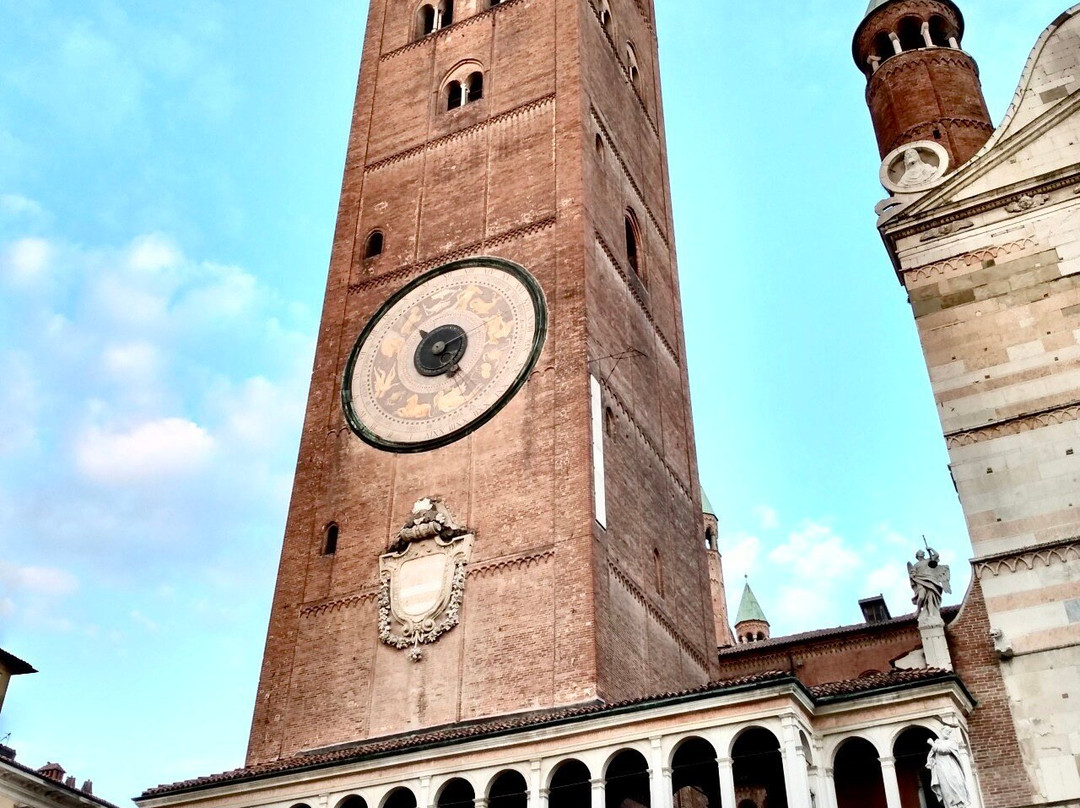

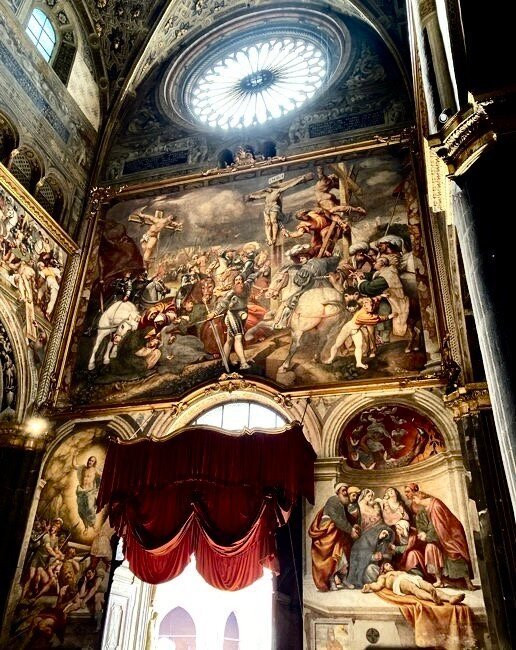
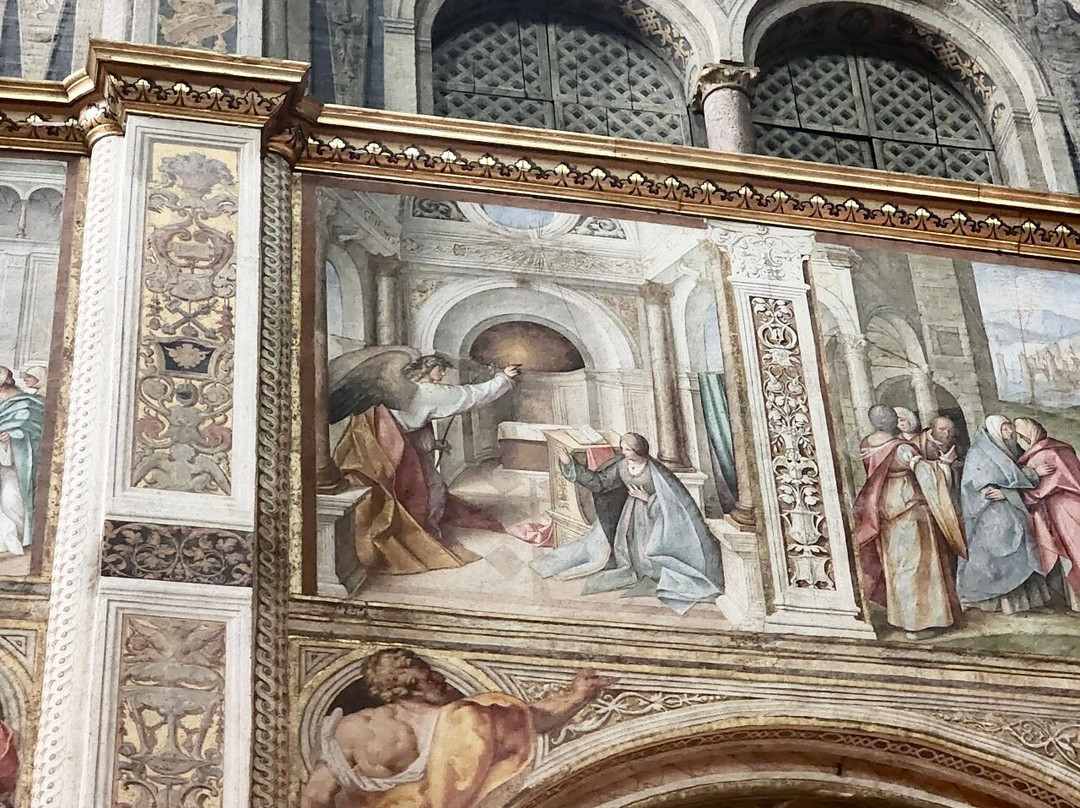
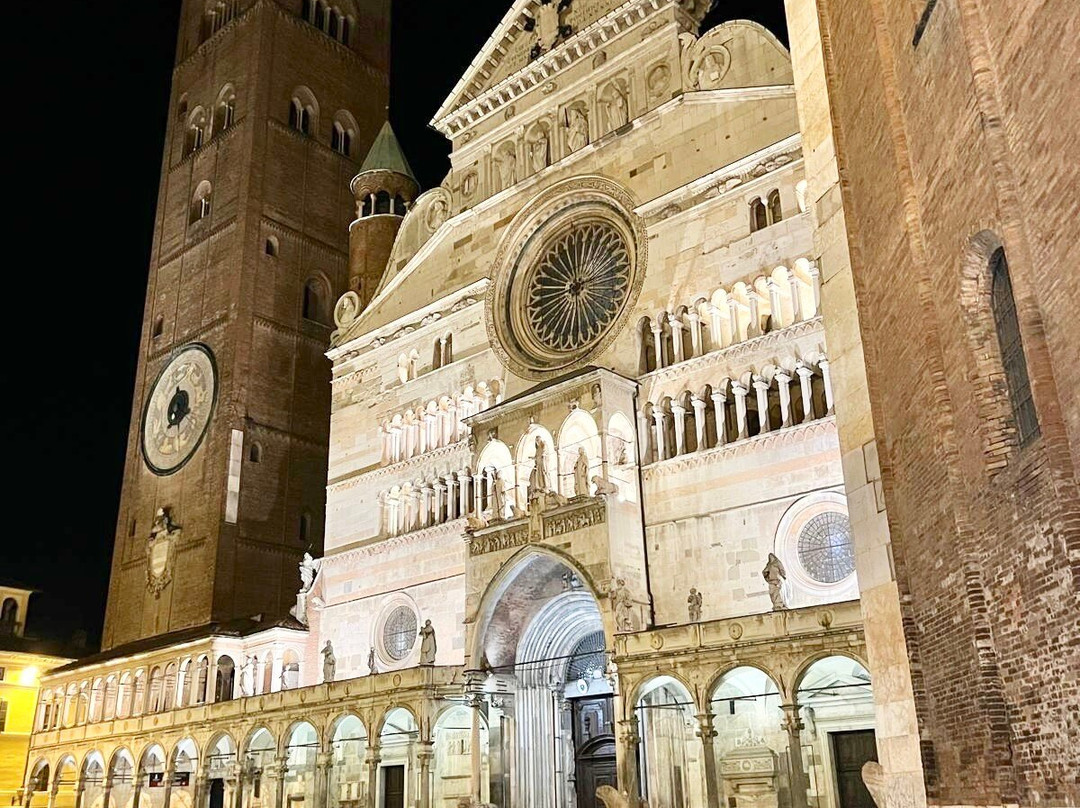
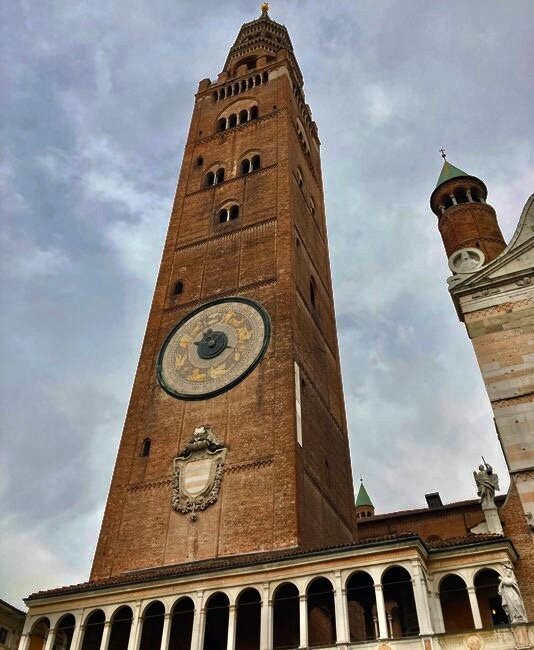
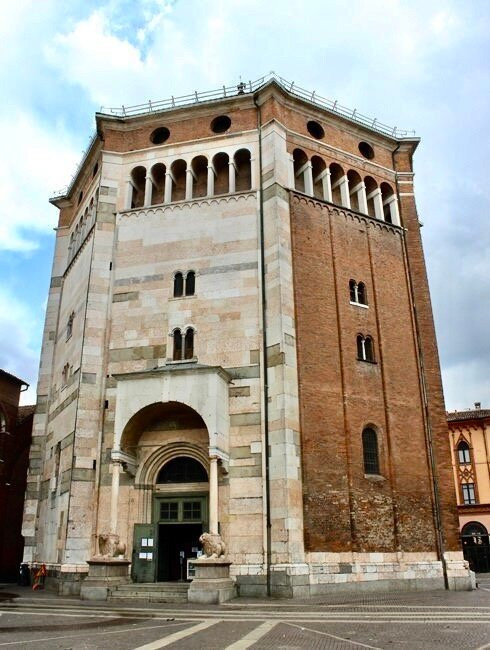

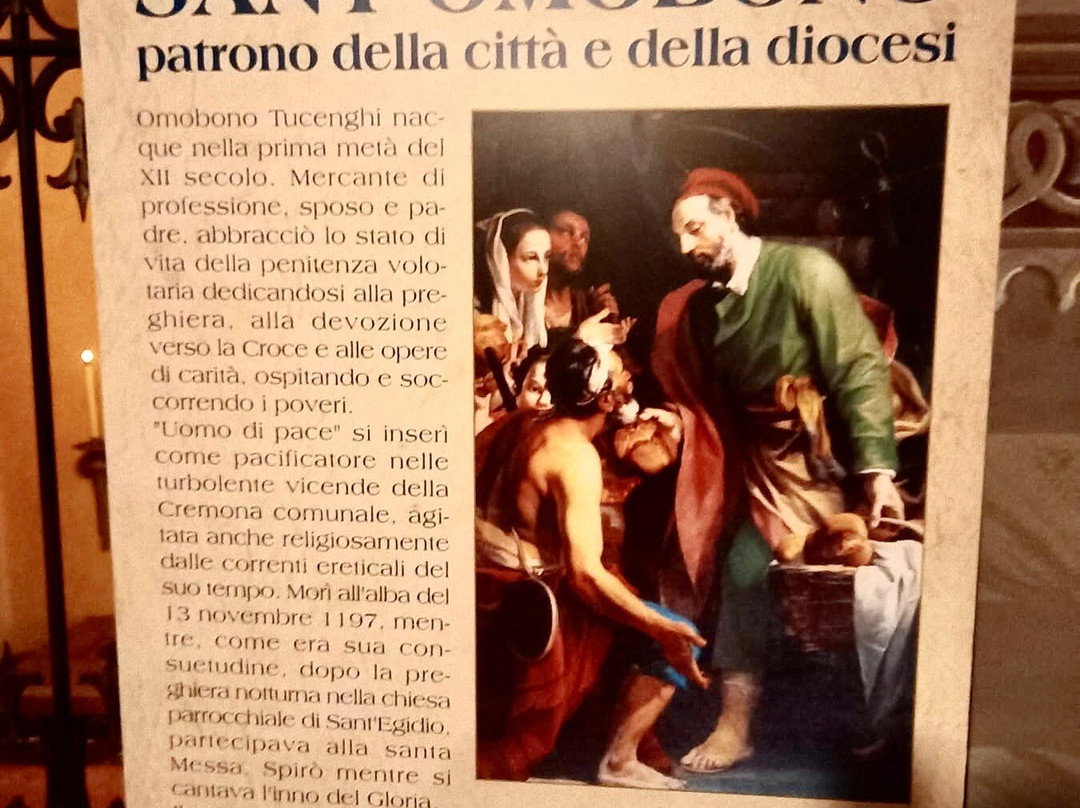
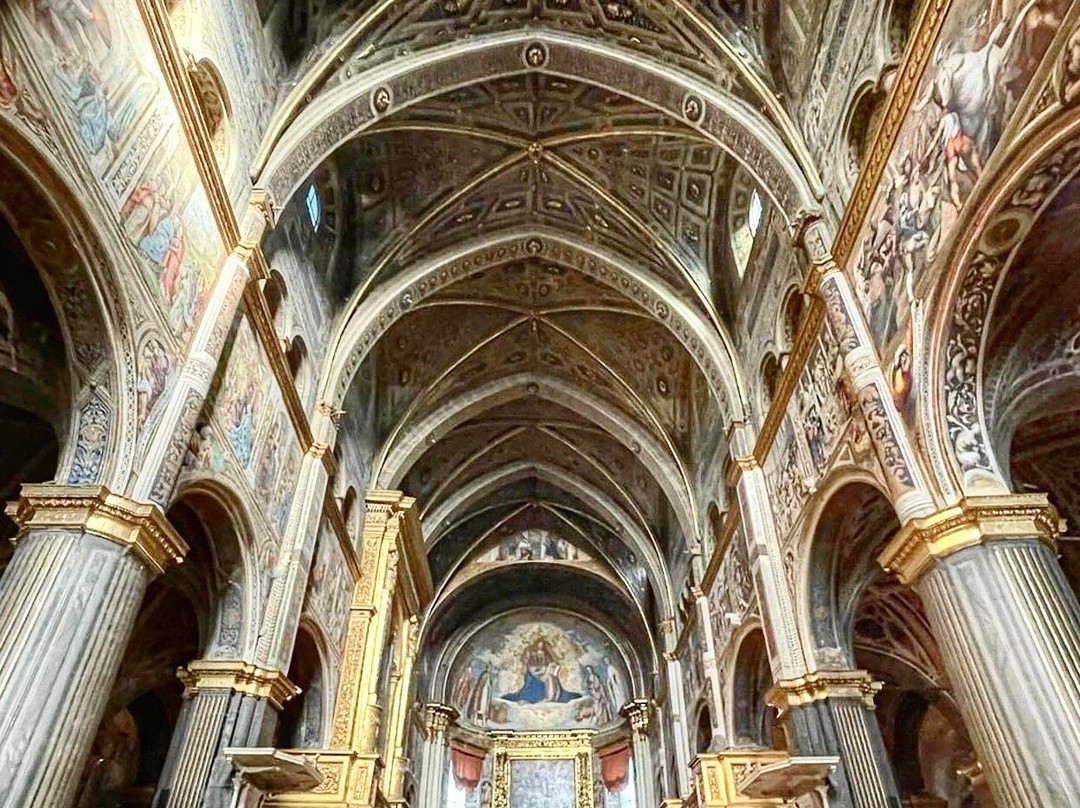
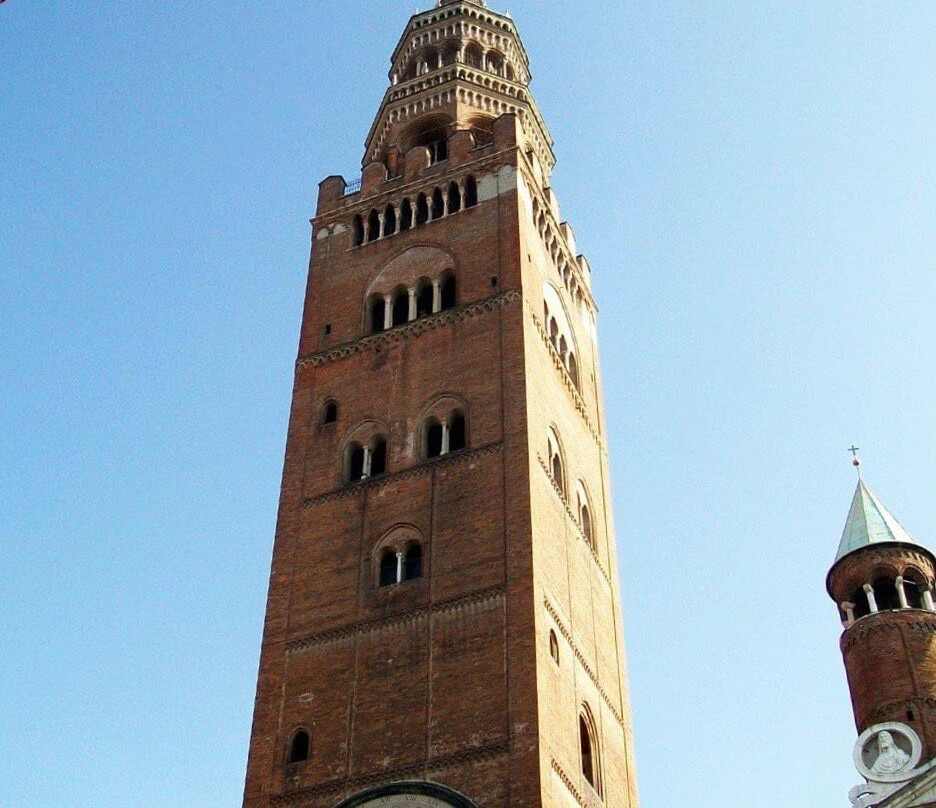
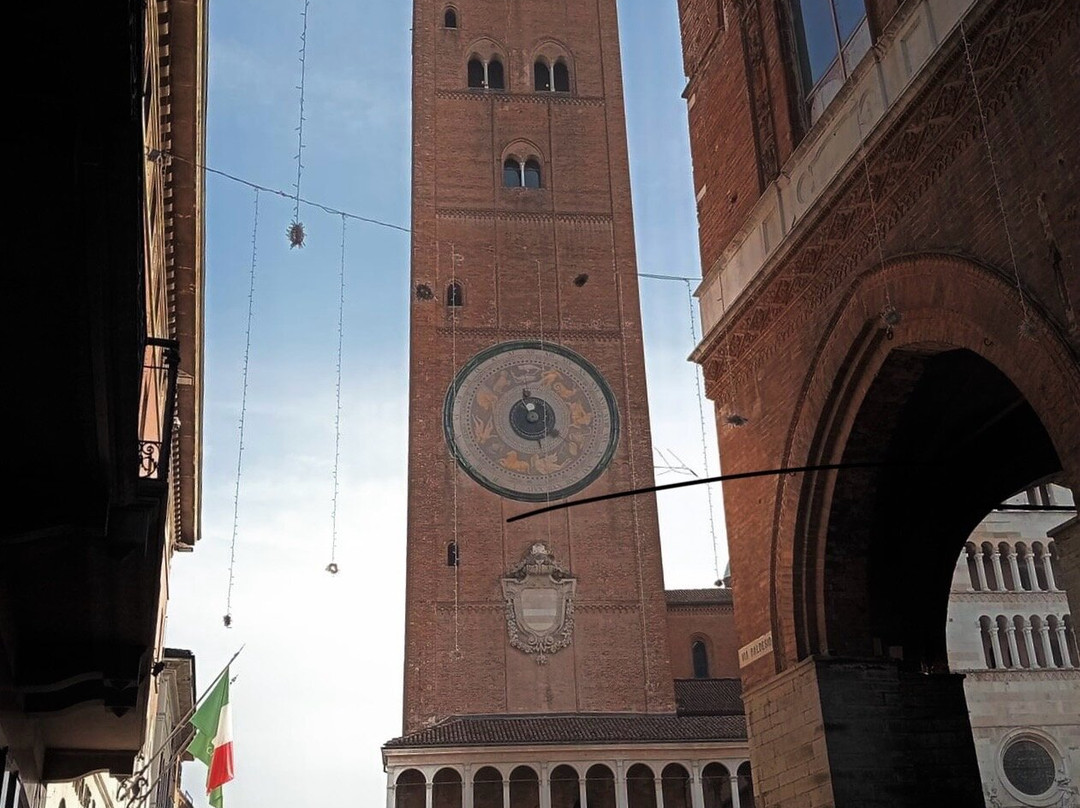
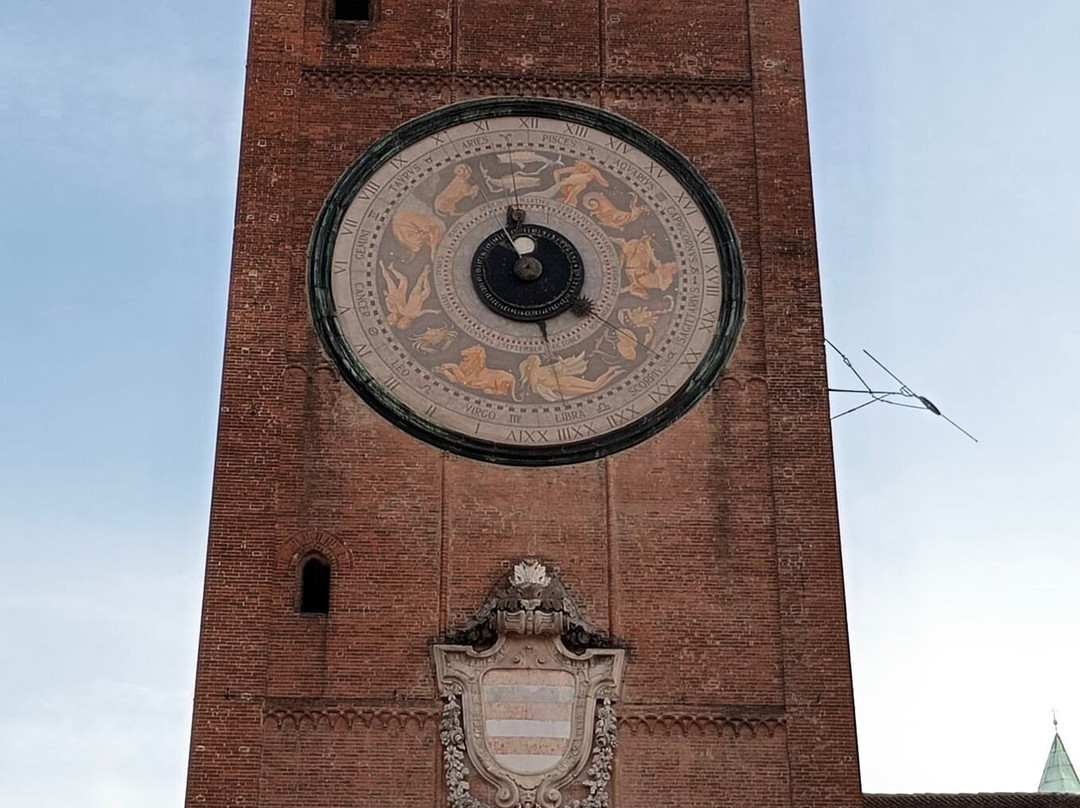
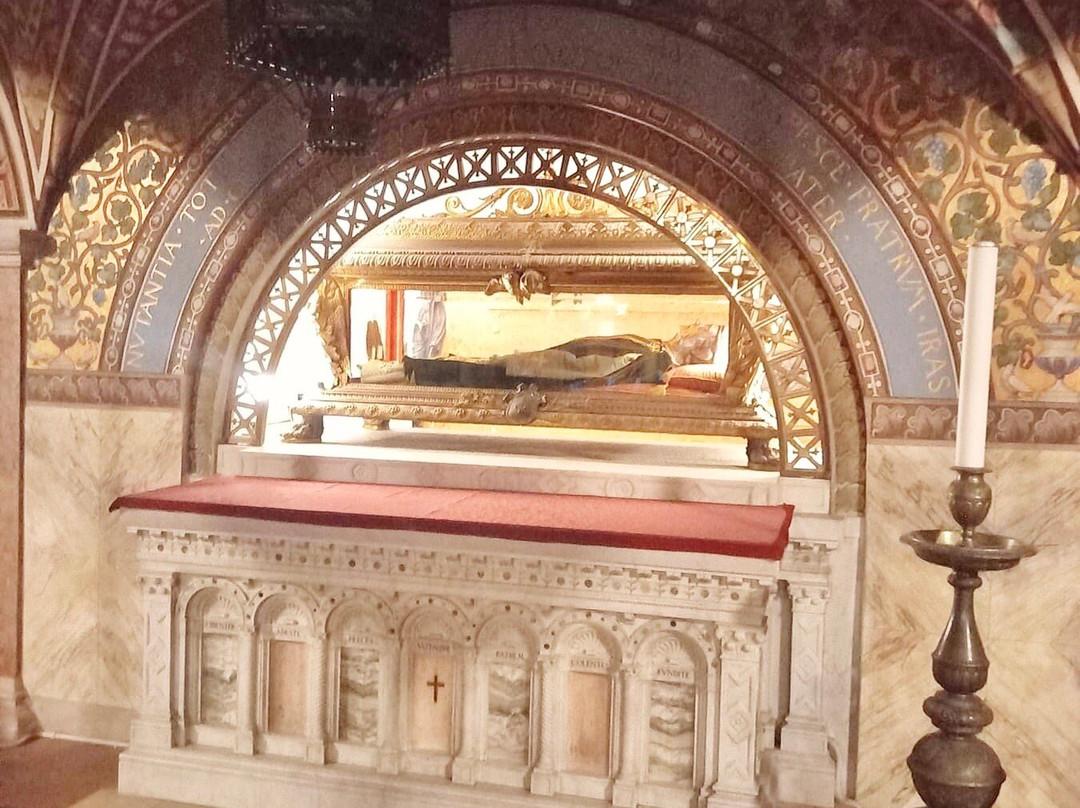
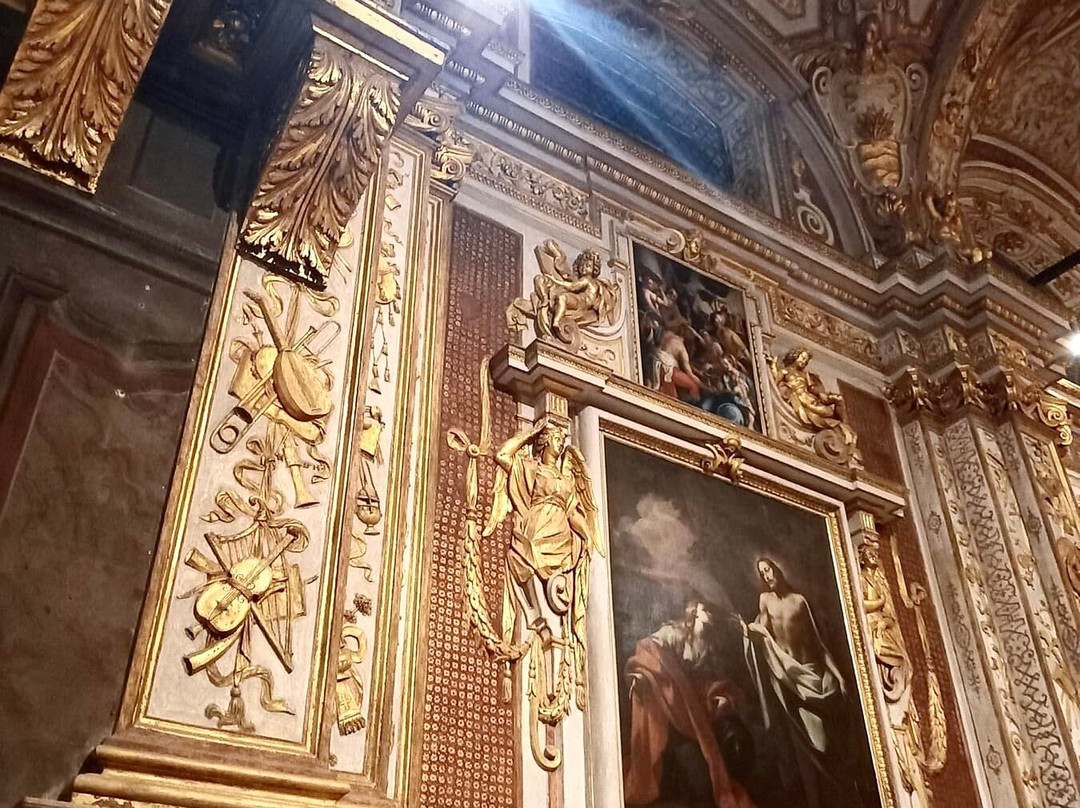
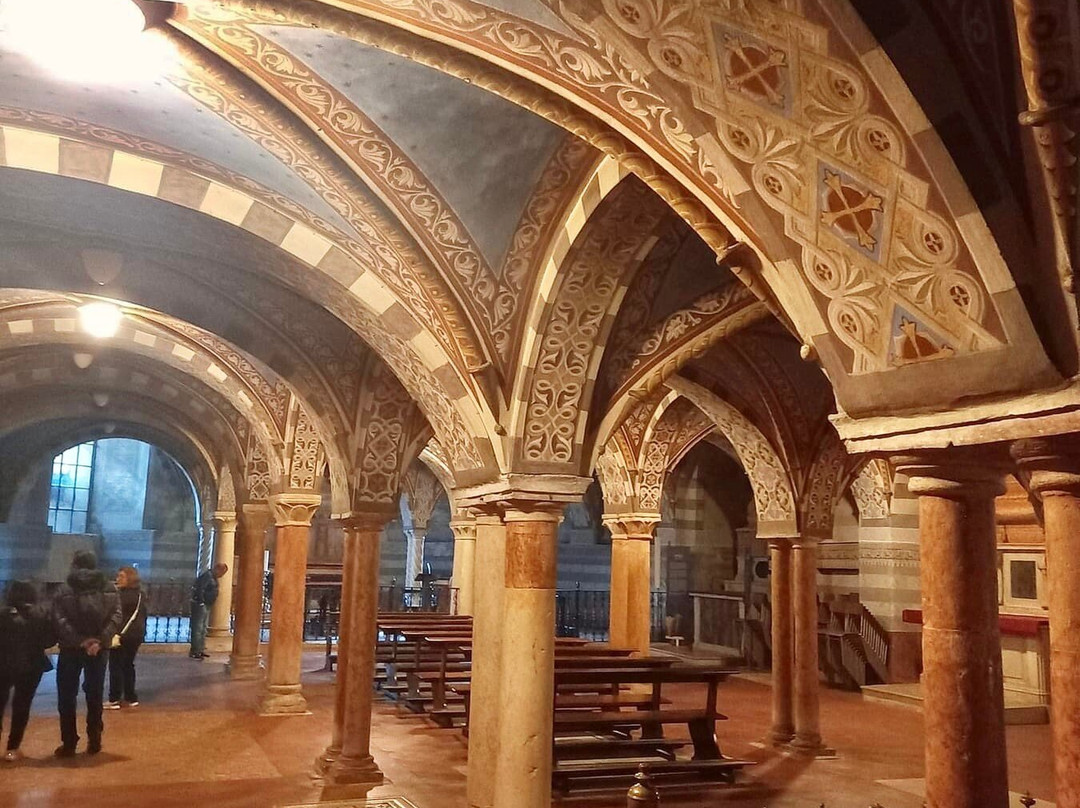
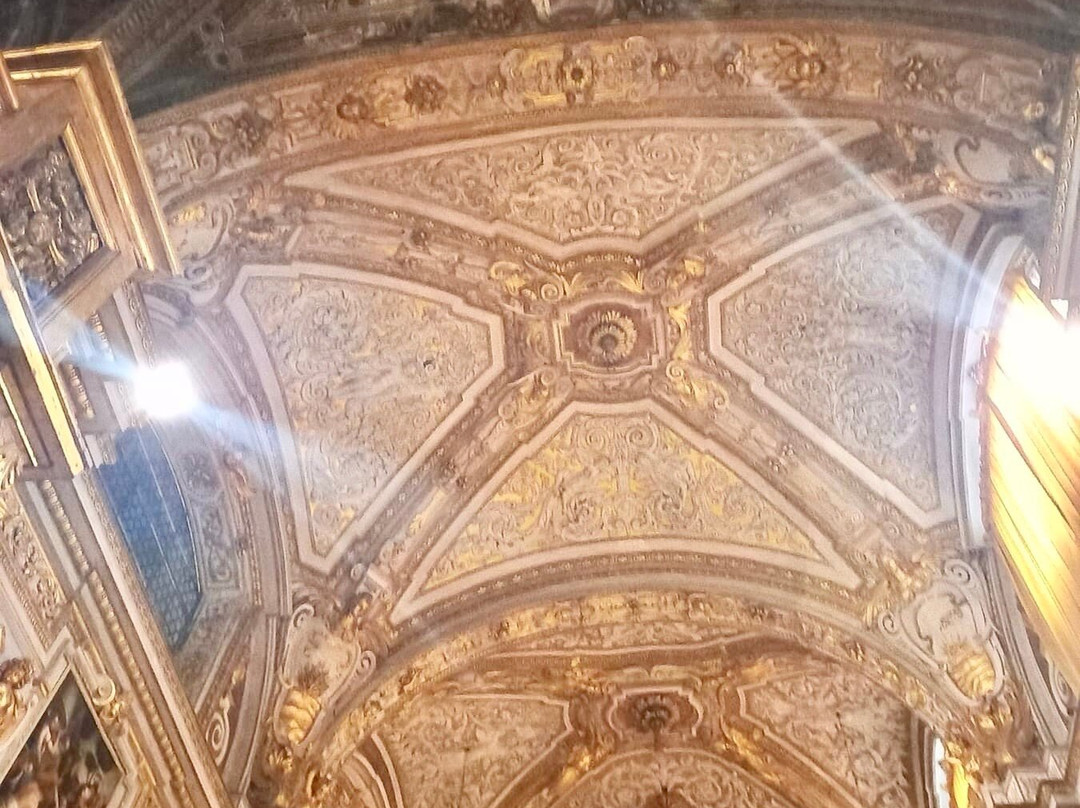

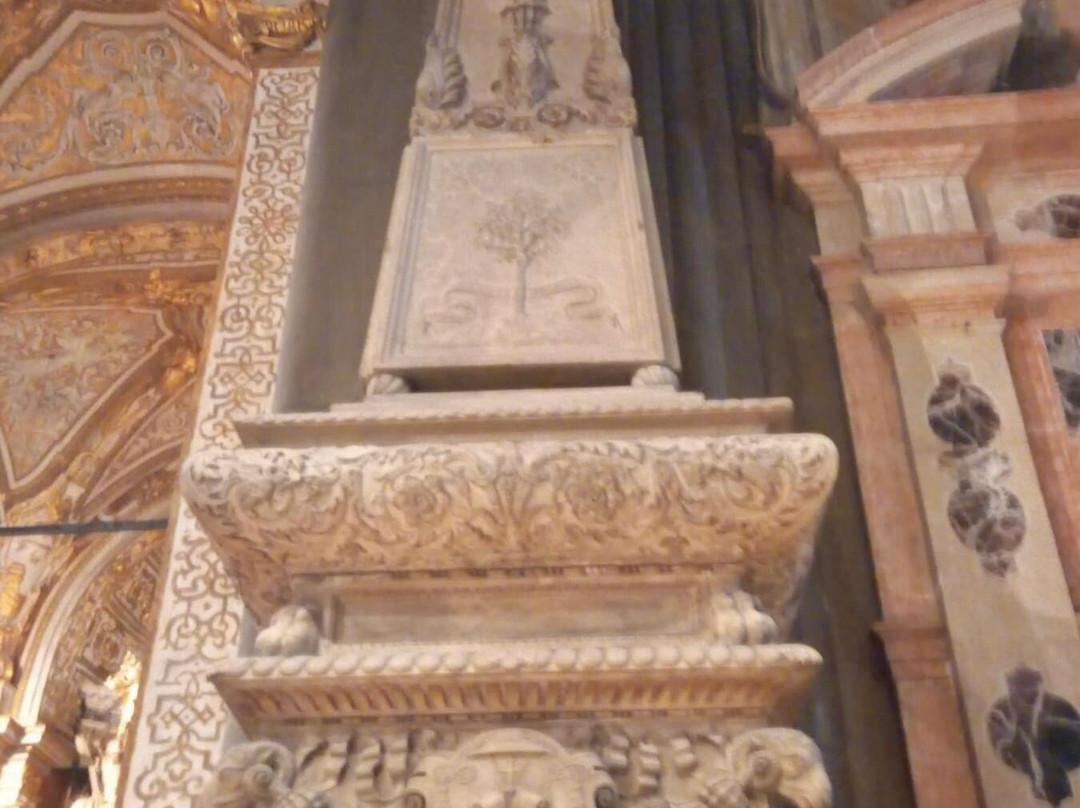
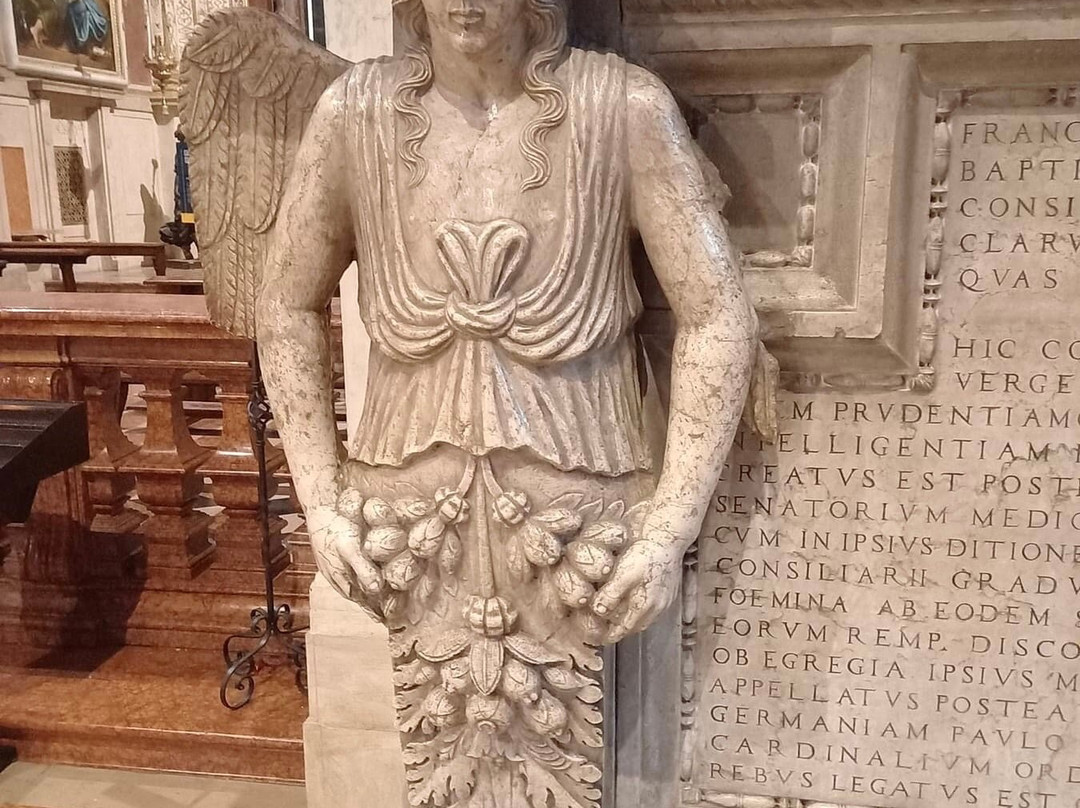
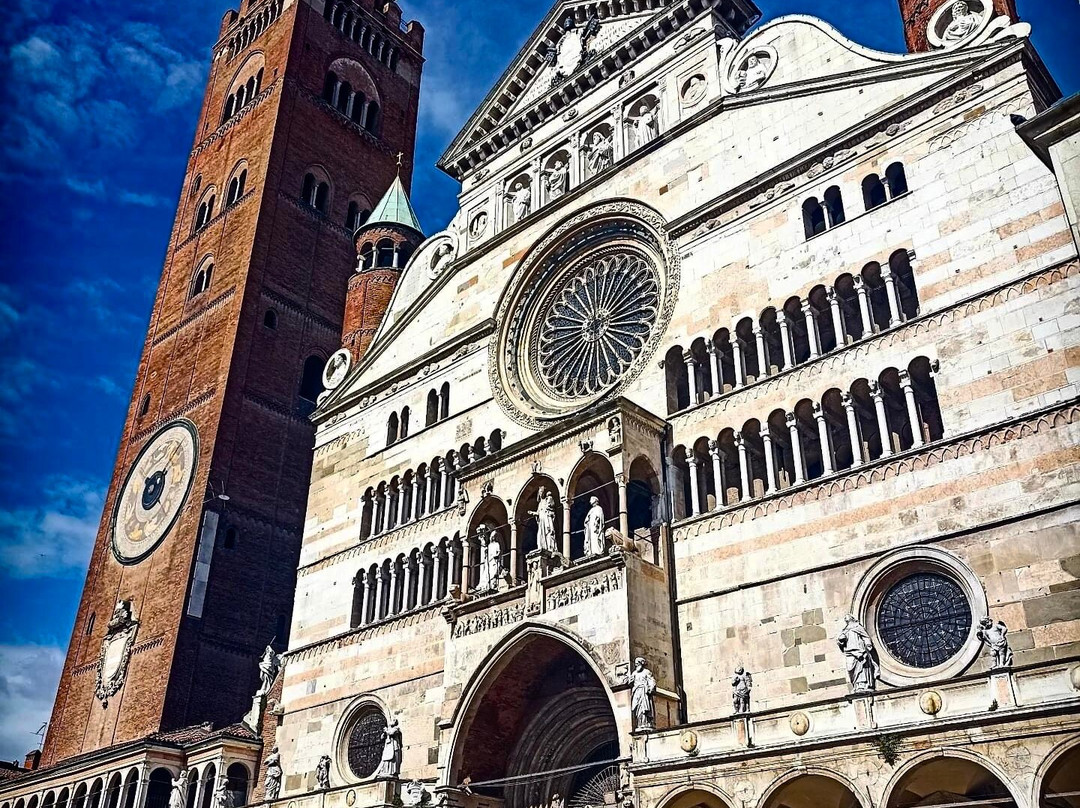
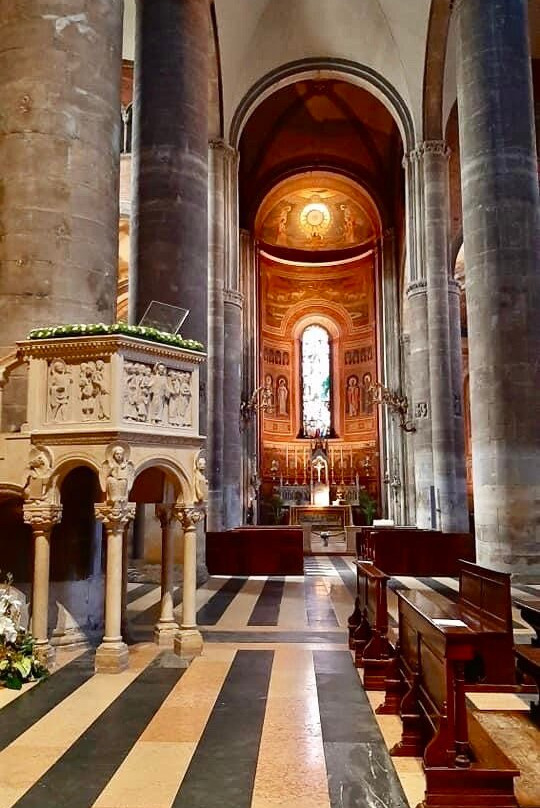
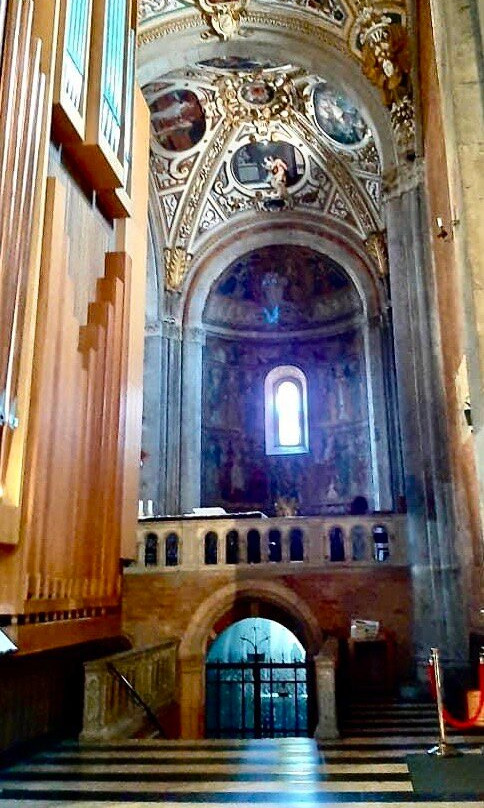
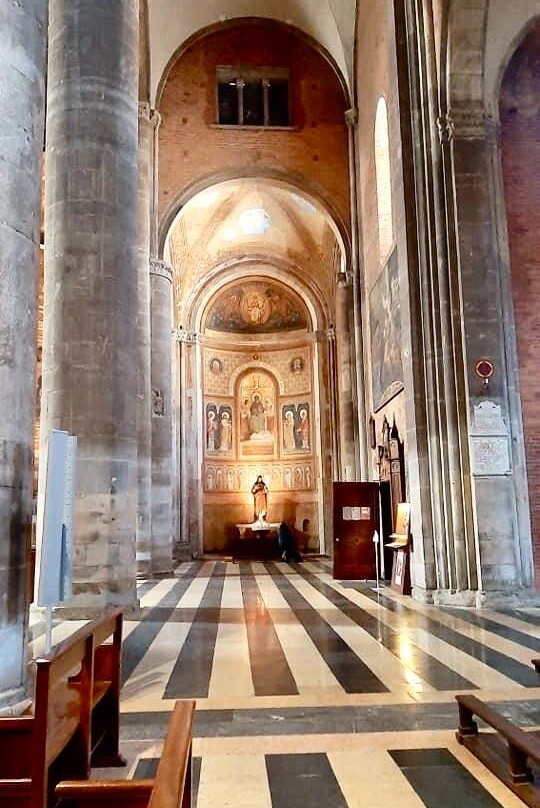
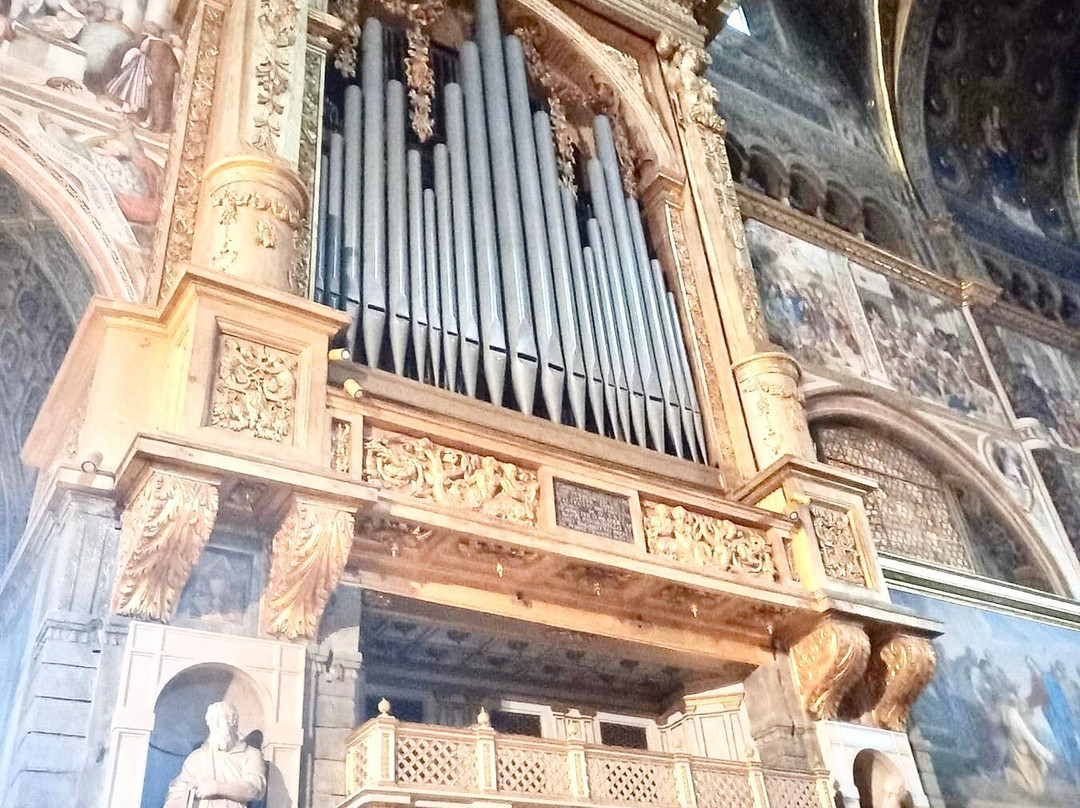
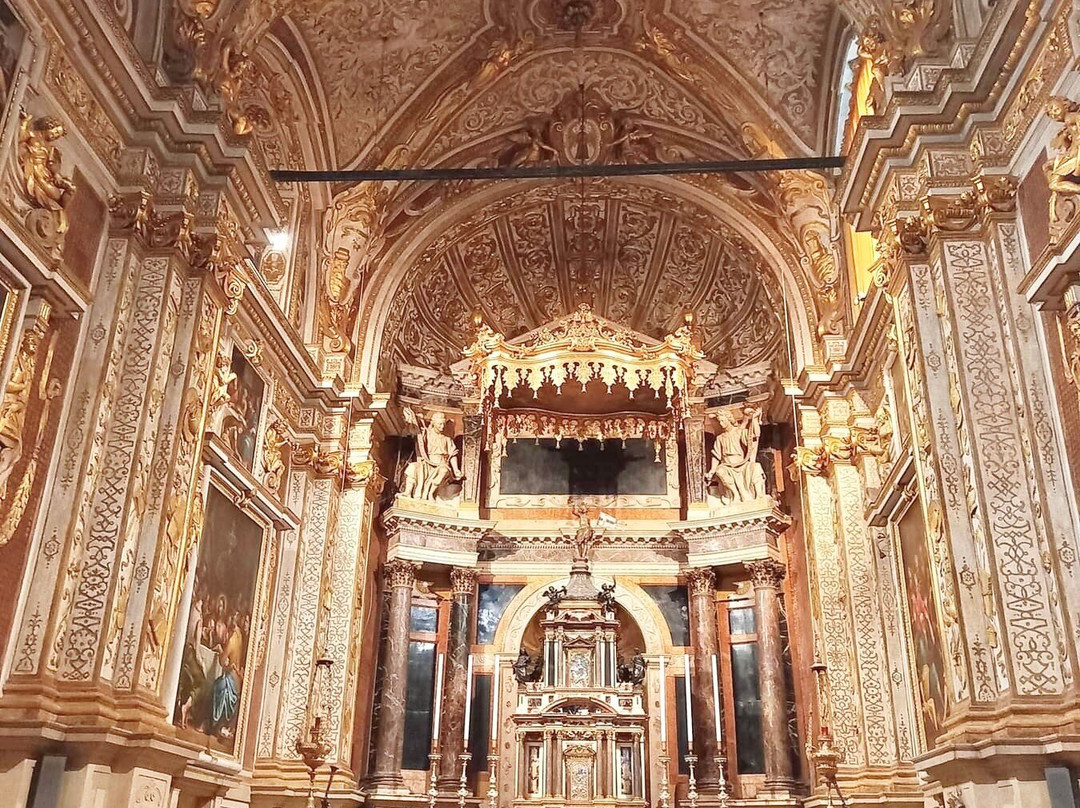
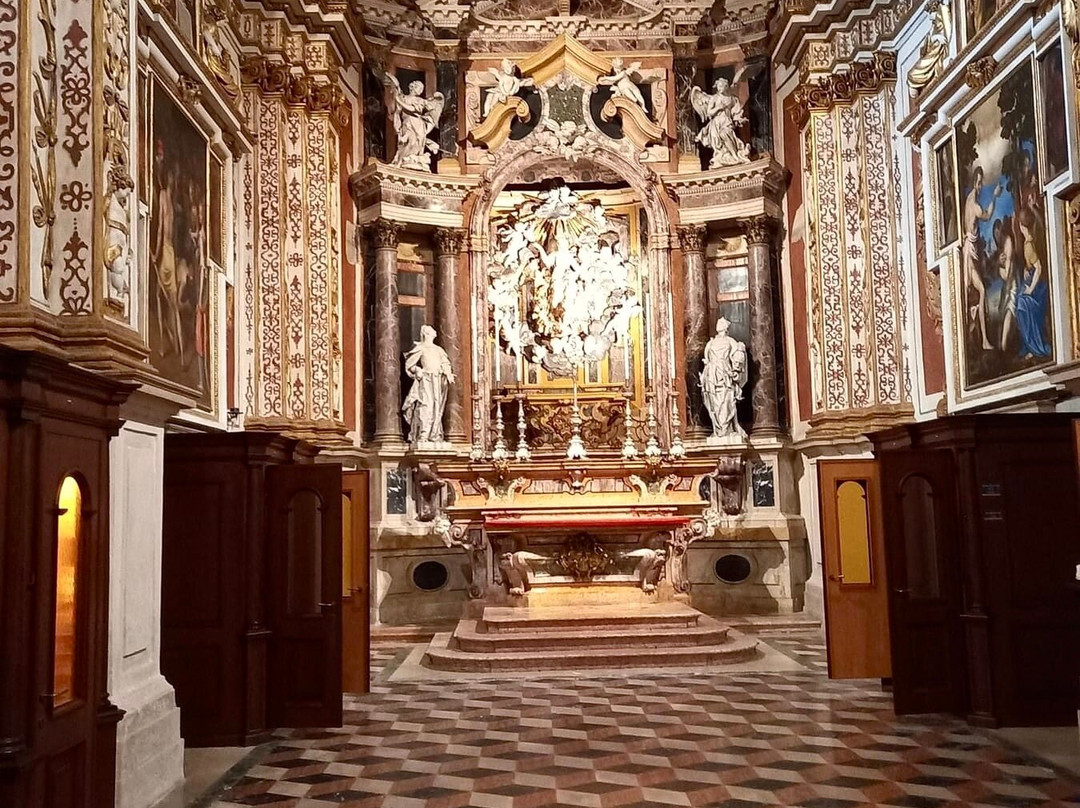
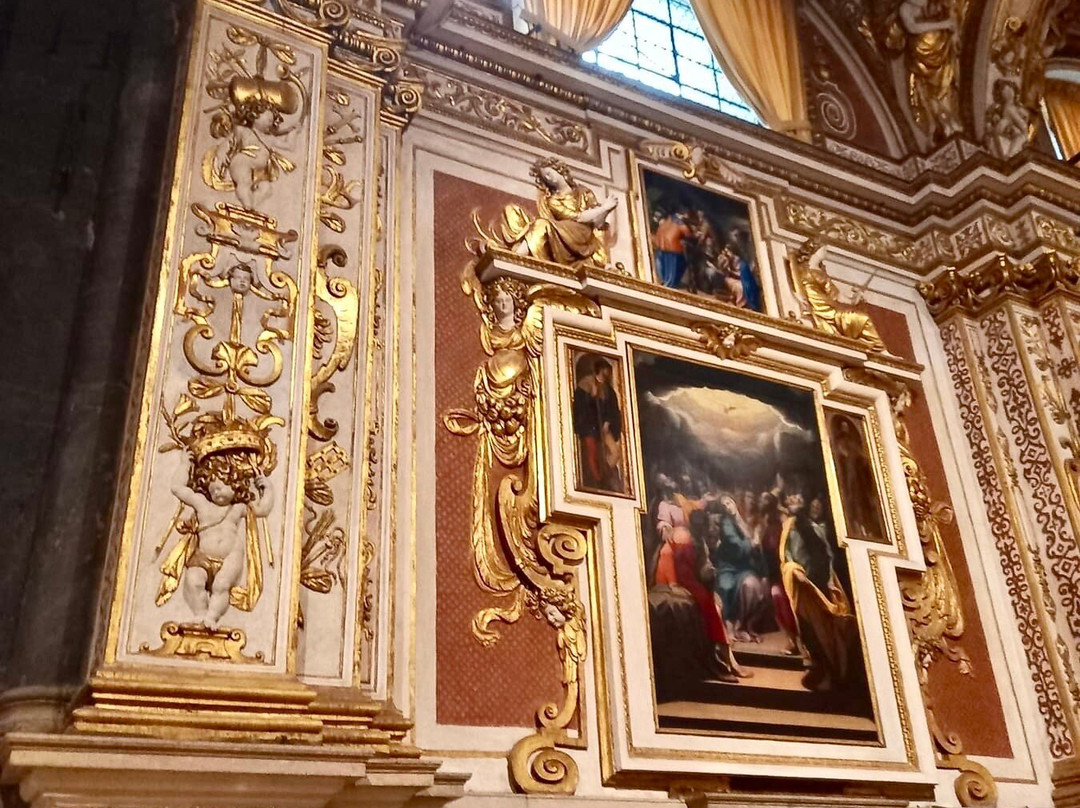
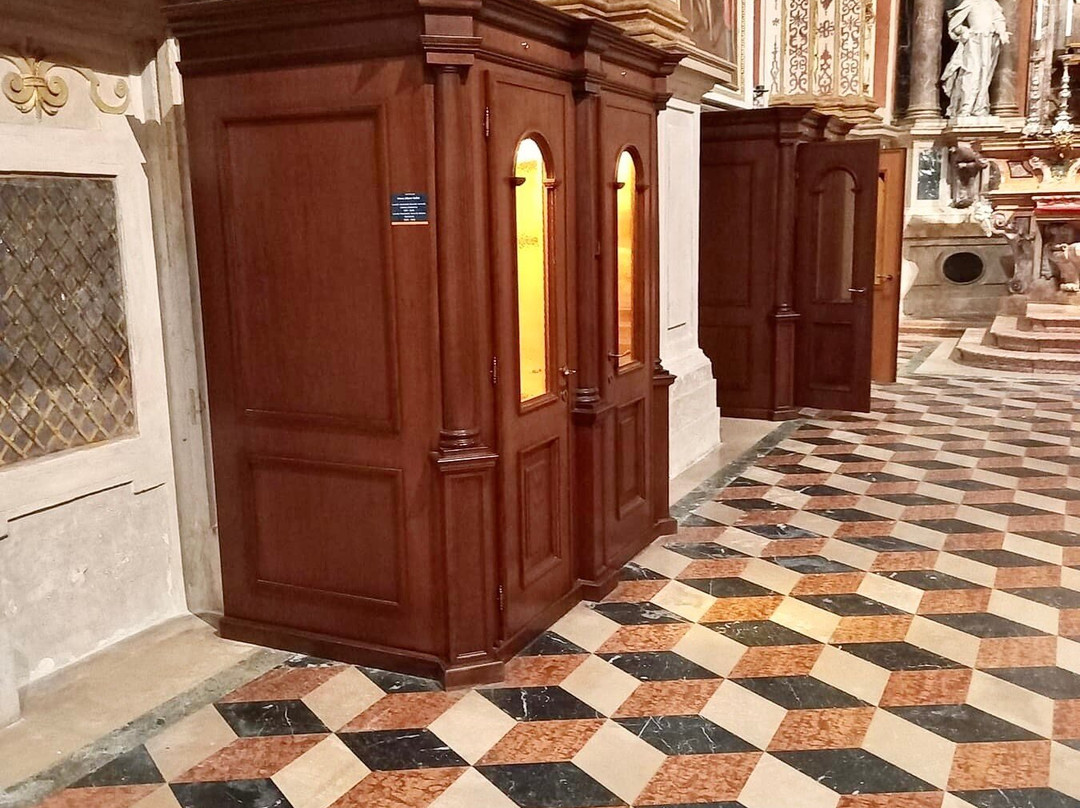
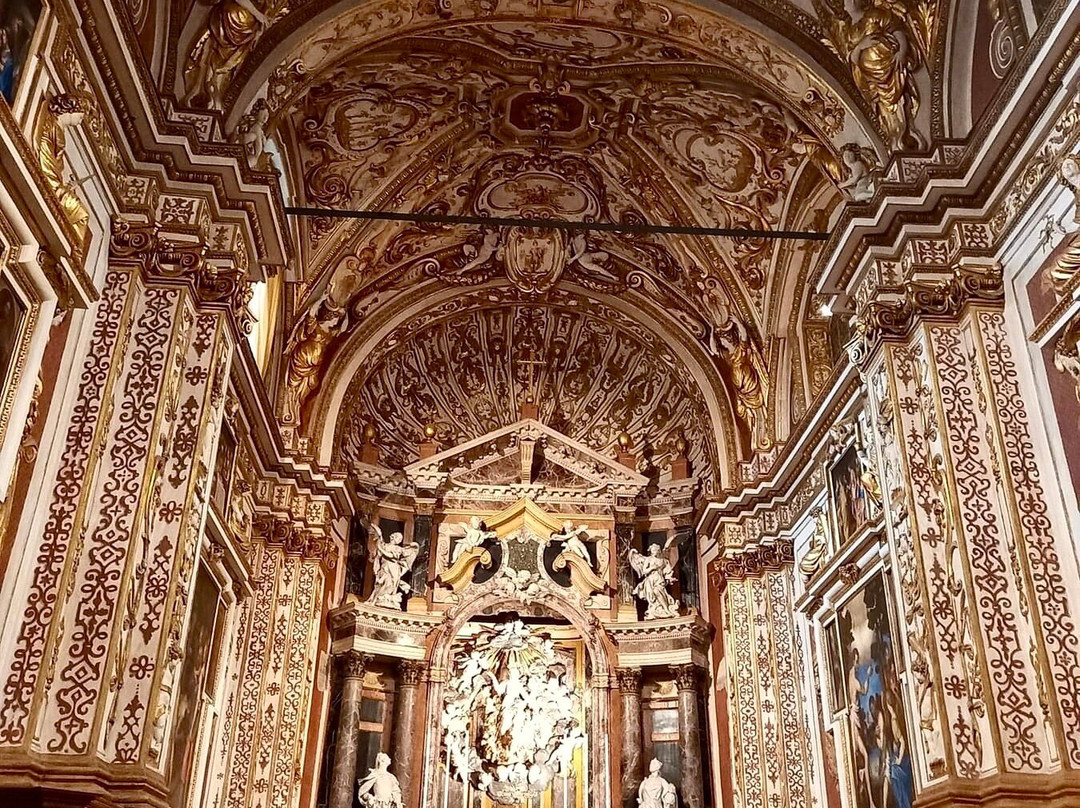
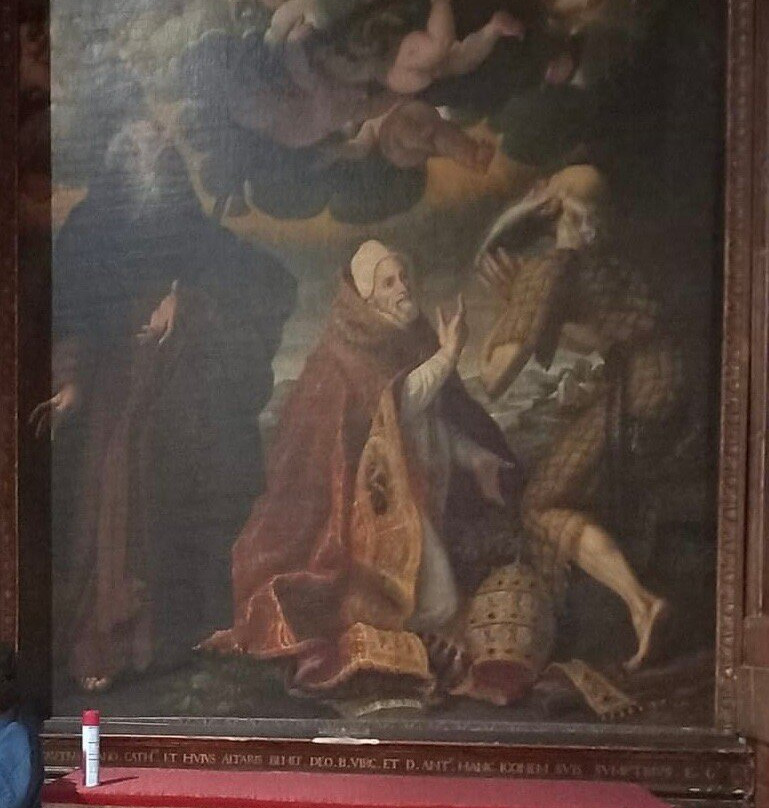
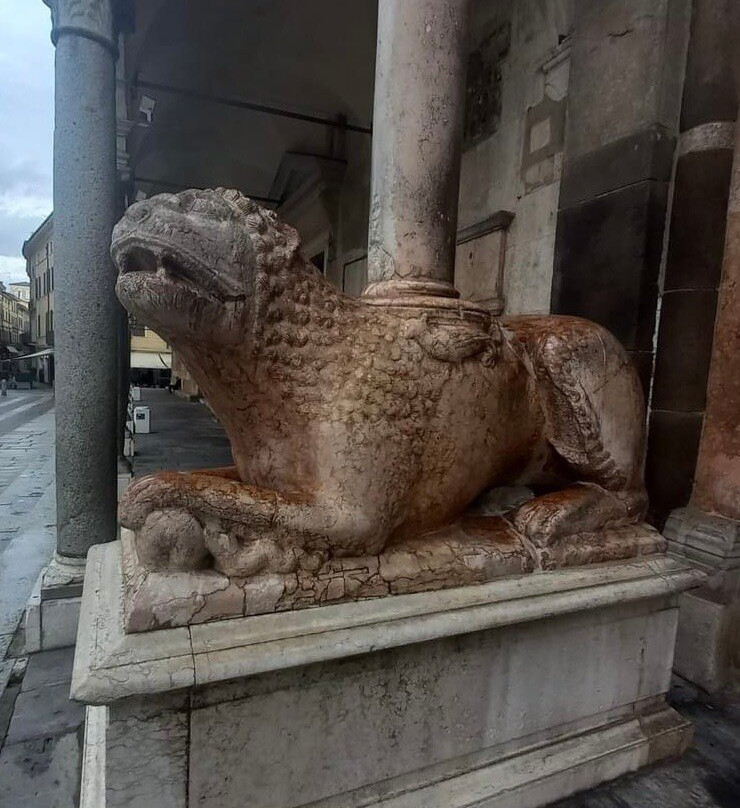
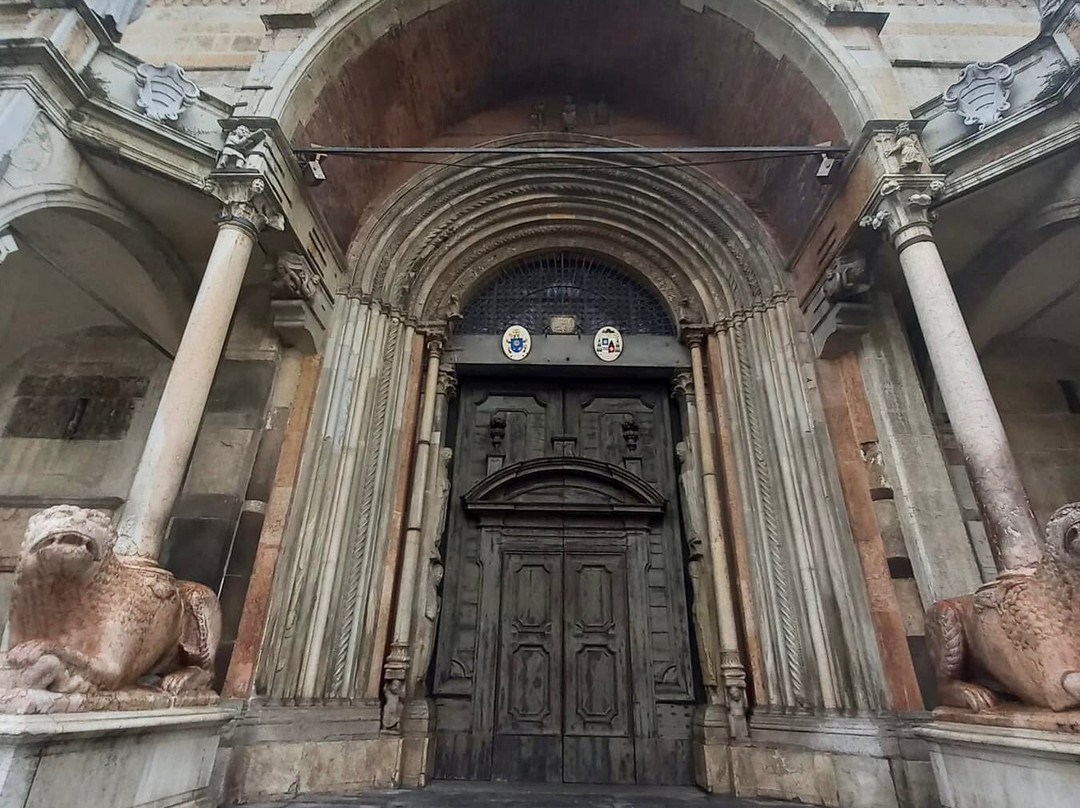
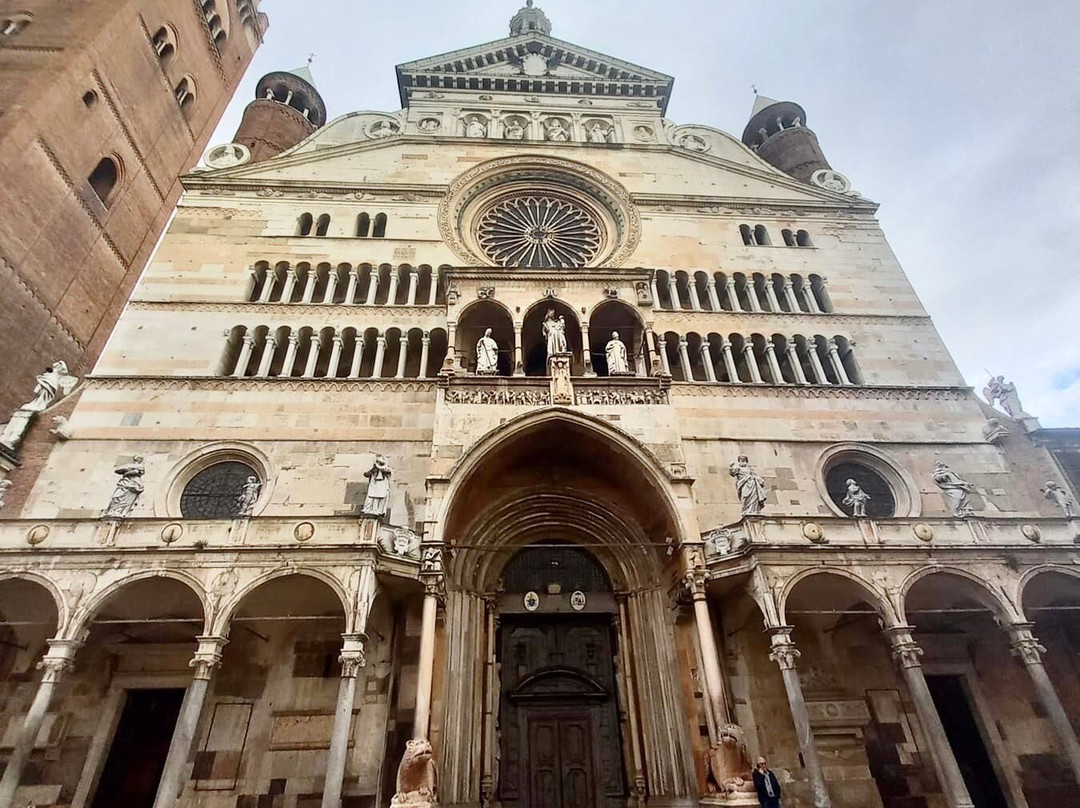
此点评仅代表旅行者个人的主观意见,并不代表TripAdvisor以及其合作方的意见。
关于我们
|
新闻动态
|
商务合作
|
会员中心
|
业主中心
|
业主通
|
常见问题
|
意见反馈
|
联系我们
|
营业执照
© 2025 Tripadvisor 版权所有。
使用条款 |隐私政策 |网站工作原理
部分照片由 VFM Leonardo 提供。
* Tripadvisor不是旅行社,也不是旅游预订服务代理商。我们提供免费、客观、公正的旅游资讯服务。 (显示更多)
TripAdvisor LLC 既不是预订代理商,也不是旅游运营商,不会向网站用户收取任何服务费。 按照规定,在 Tripadvisor 发布机票价格、游览和旅行套餐的合作伙伴(航空公司、旅行提供商及预订代理商),其标价须包含所有费用和附加费用。 例如, 机场出入境税费、消费税与其他服务费、手续费、杂费及附加费用。 当您向我们的某个合作伙伴进行预订时,请务必查阅他们的网站以了解当地行政部门要求的所有适用费用的具体情况。 除非另有说明,机票价格通常指的是一个人的价格(以人民币计)。
为方便起见,TripAdvisor LLC 根据从我们的预订合作伙伴获取的空房率计算每个酒店的均价。 对于游览和景点来说,所显示价格通常是每位成人的最低可用价格。 对于列出的任何旅行套餐或优惠,TripAdvisor LLC 无法保证任何特定的费率或价格。 此外,酒店均价每晚会更新,并以您的首选币种表示(使用现行汇率)。 由于这些已换算的价格是预估价格,因此,有关具体金额和币种请与预订网站进行核实。
此外,TripAdvisor LLC 无法保证我们网站上宣传的价格随时有效。 标价可能需要预订一定天数才能生效,或有不可用日期、使用条件或限制。
TripAdvisor公司对外部网站的内容一概不负责。优惠价格中不含税和其他费用。
ICP证:沪B2-20200433
沪ICP备20013175号
 沪公网安备31010502005427号
沪公网安备31010502005427号鹰程信息技术(上海)有限公司
货币/国家及地区
¥CNY
中国

